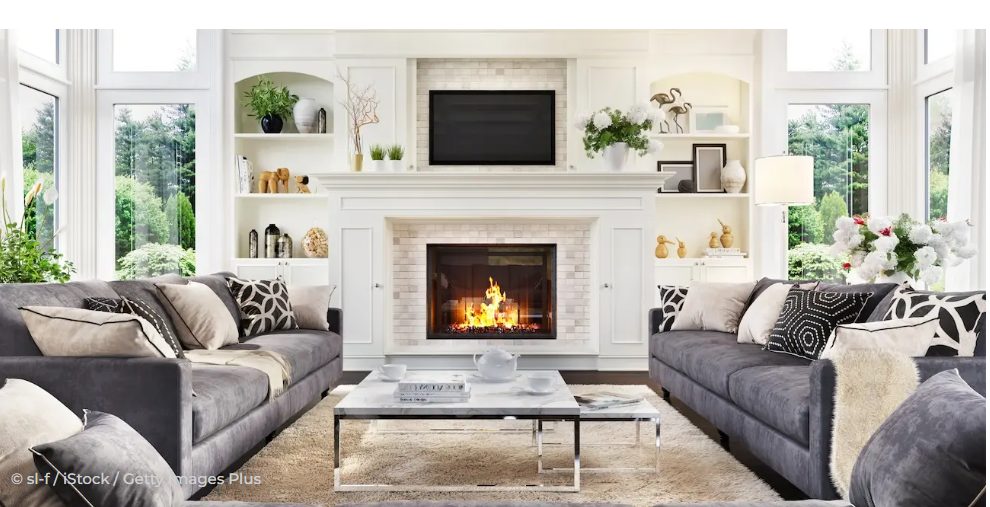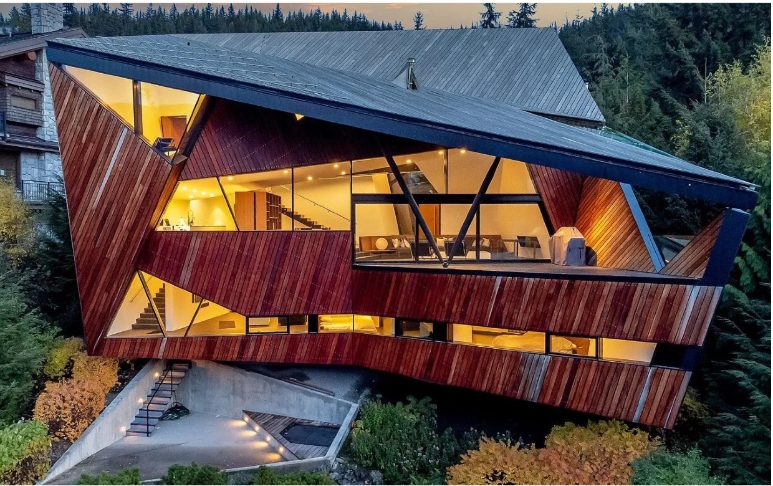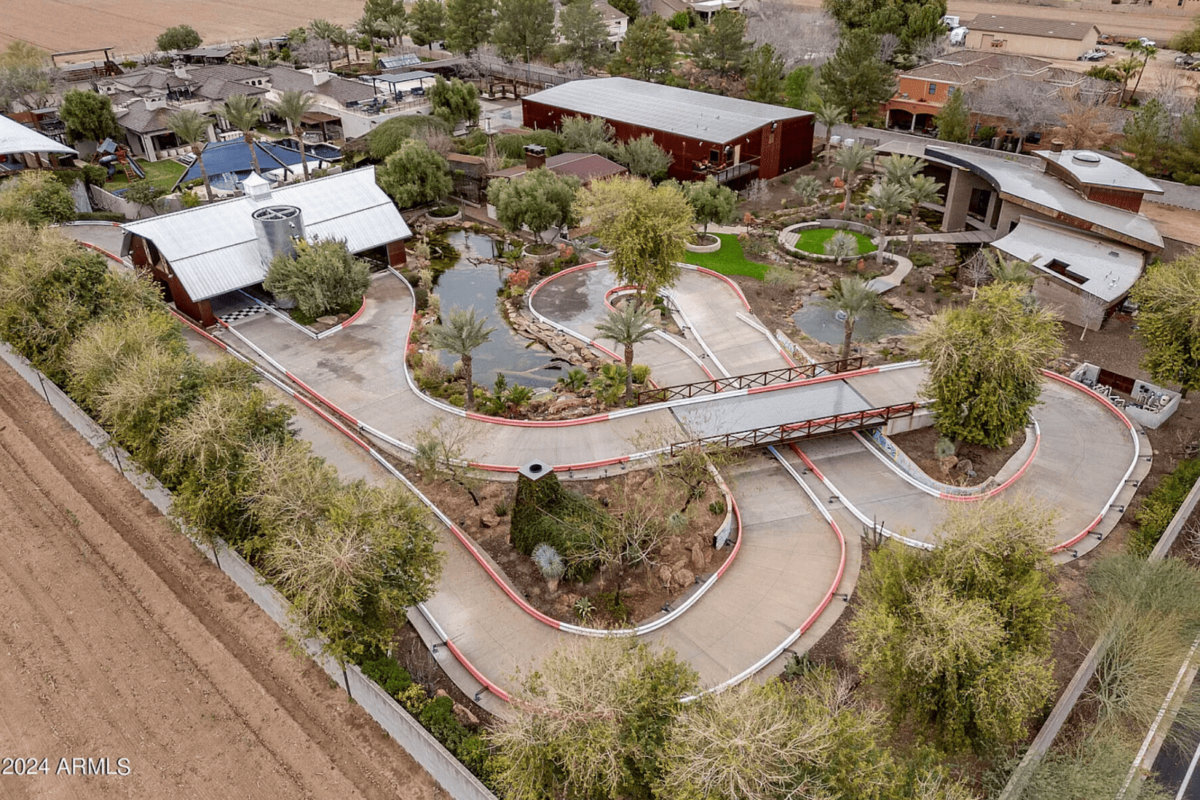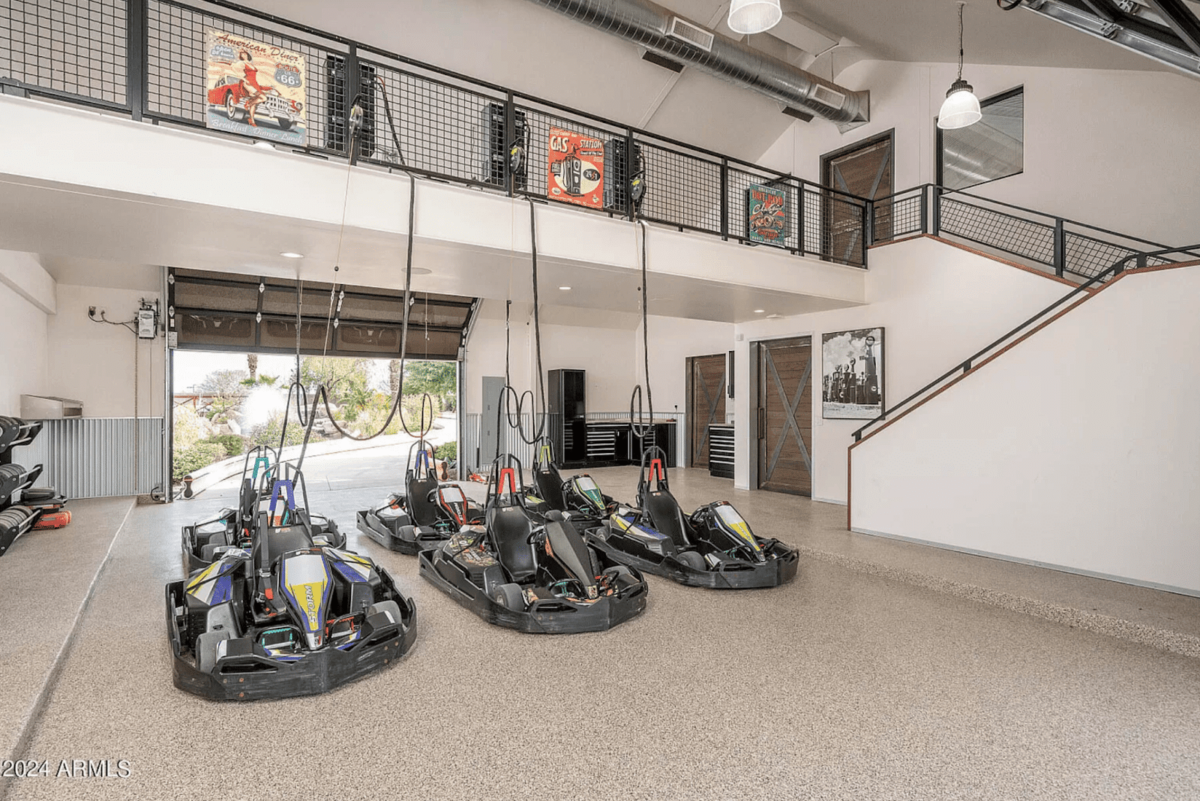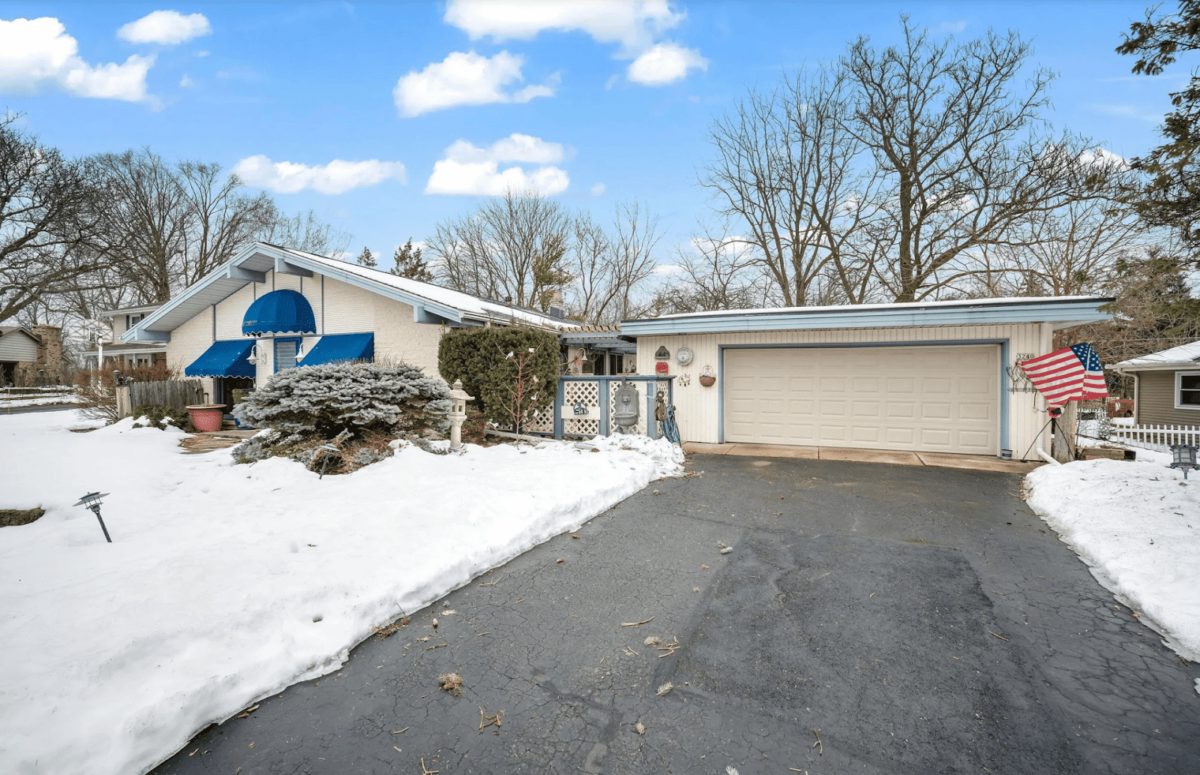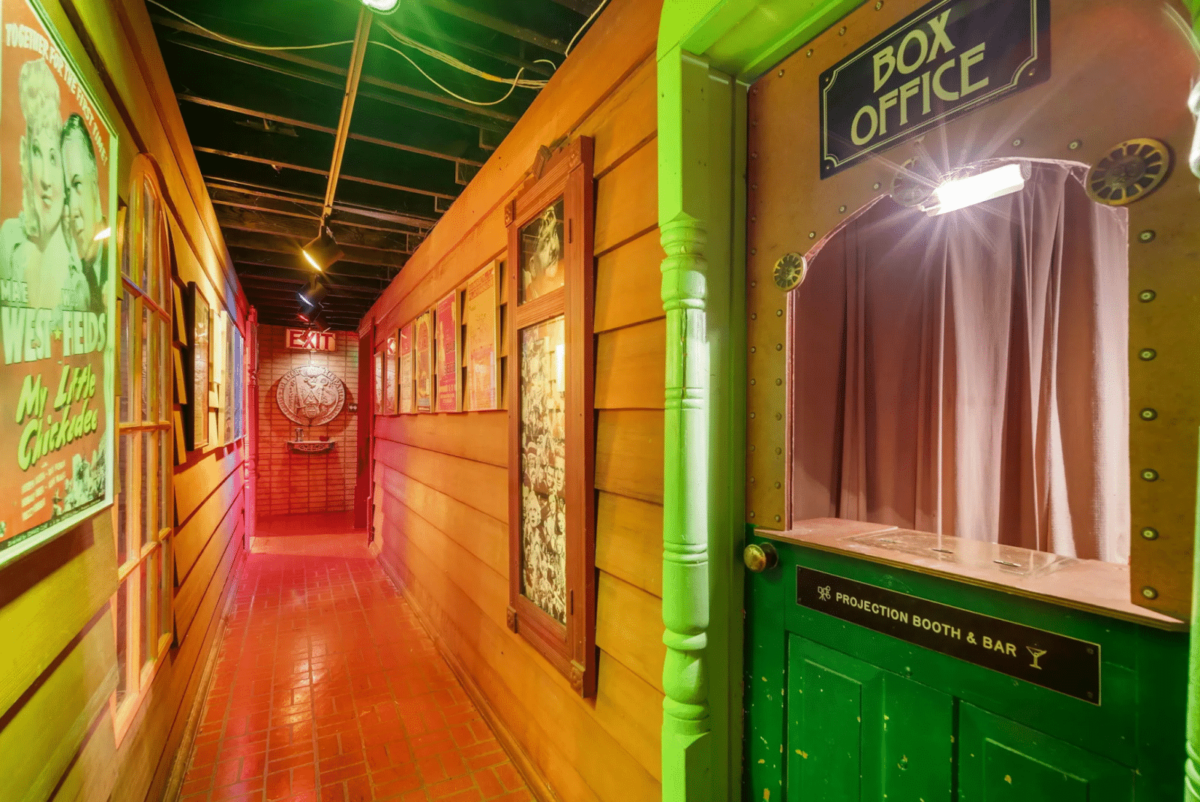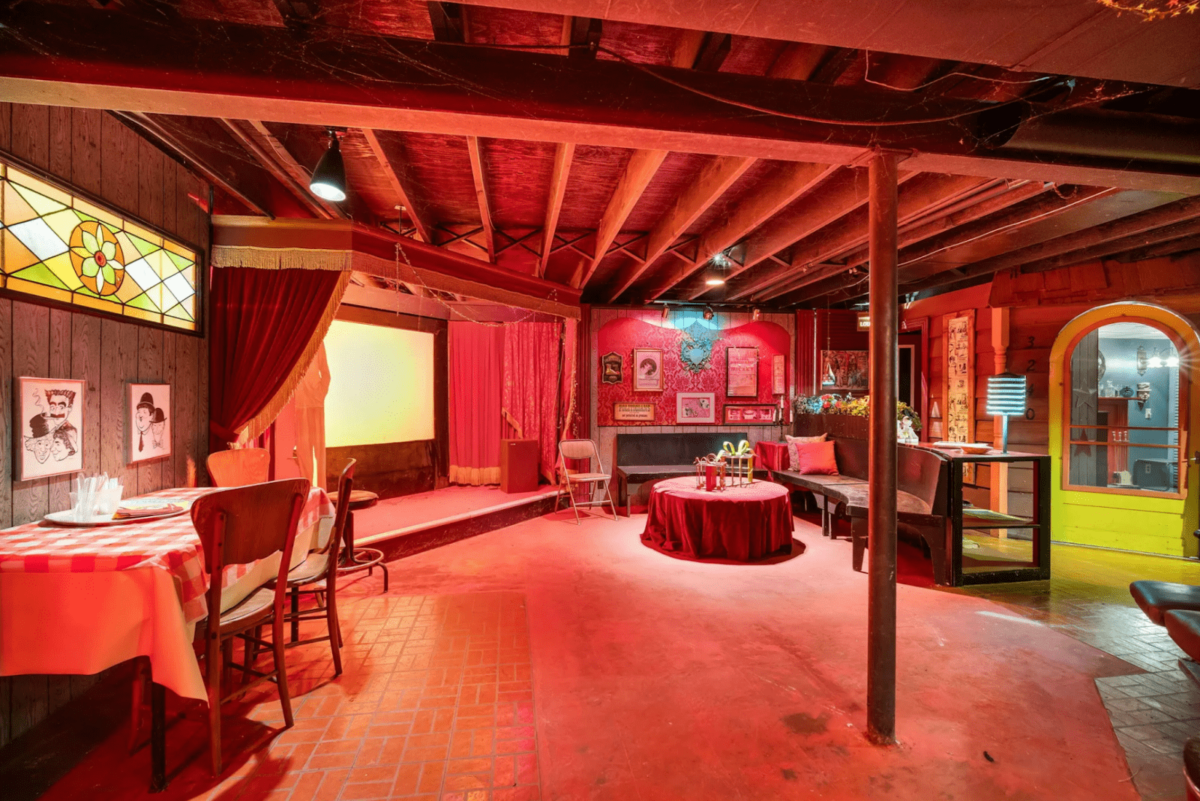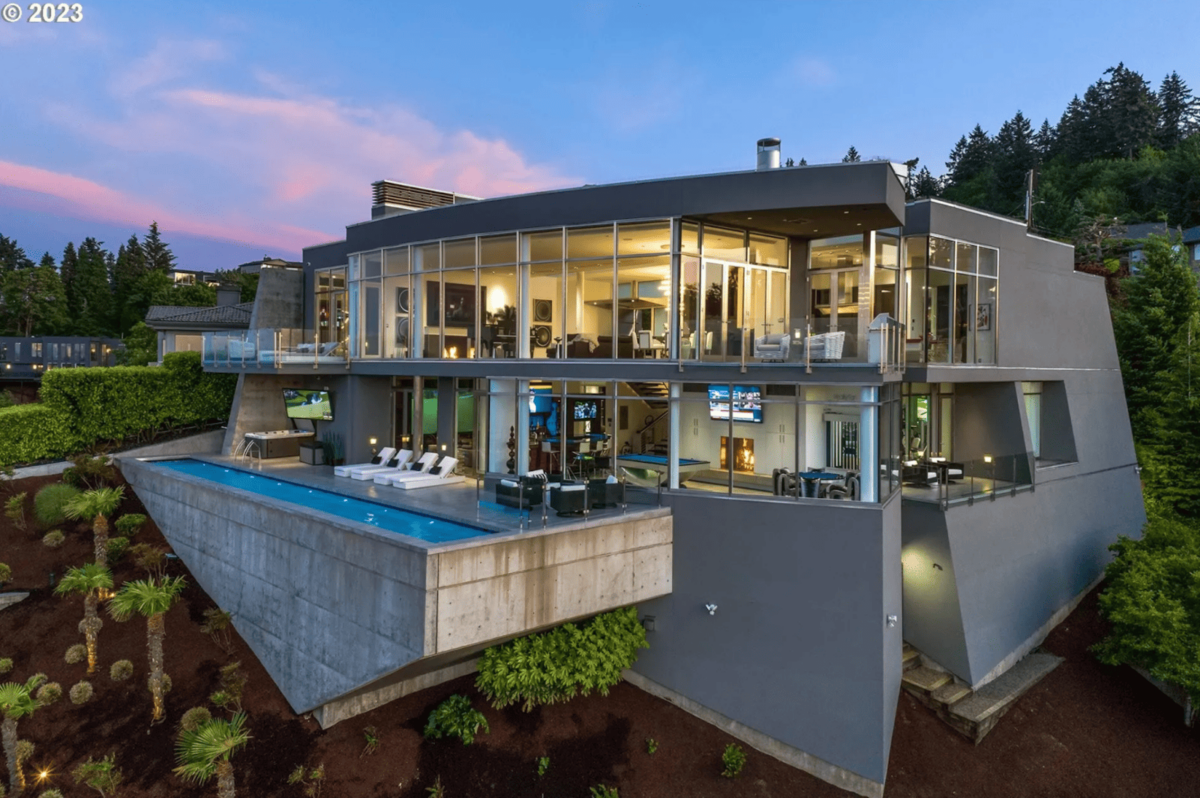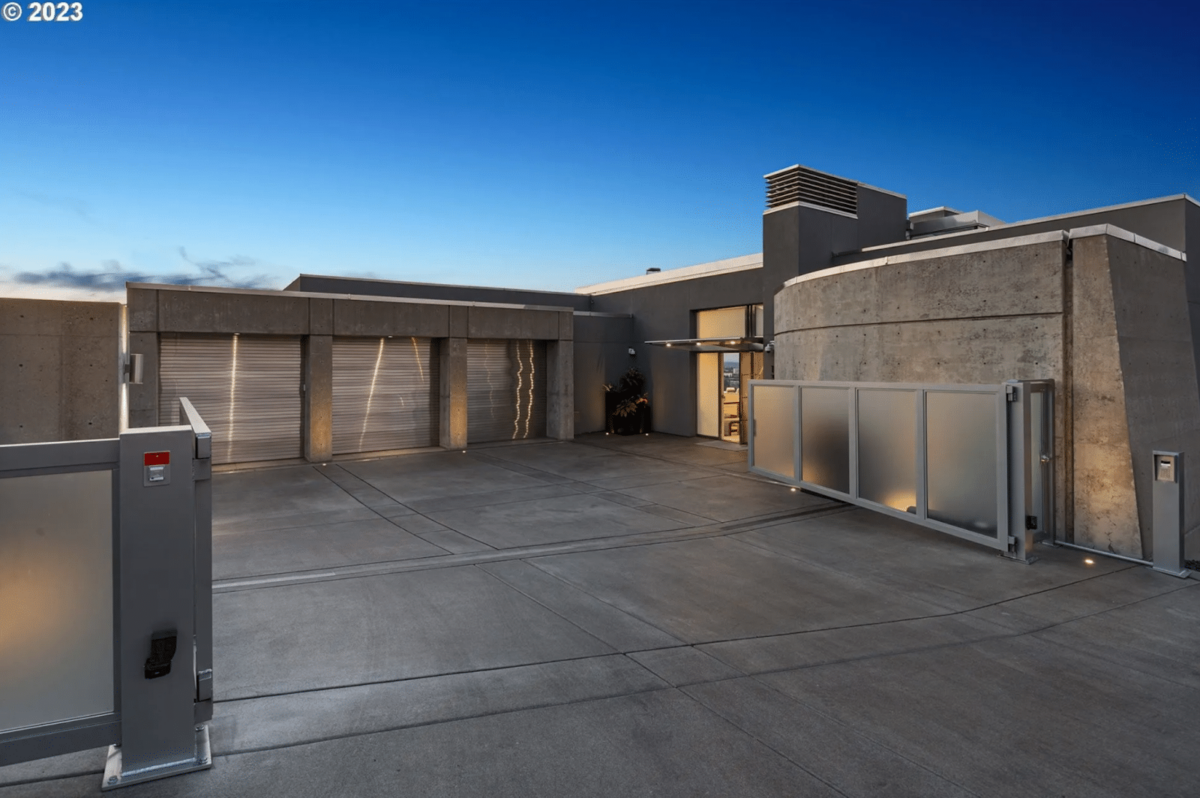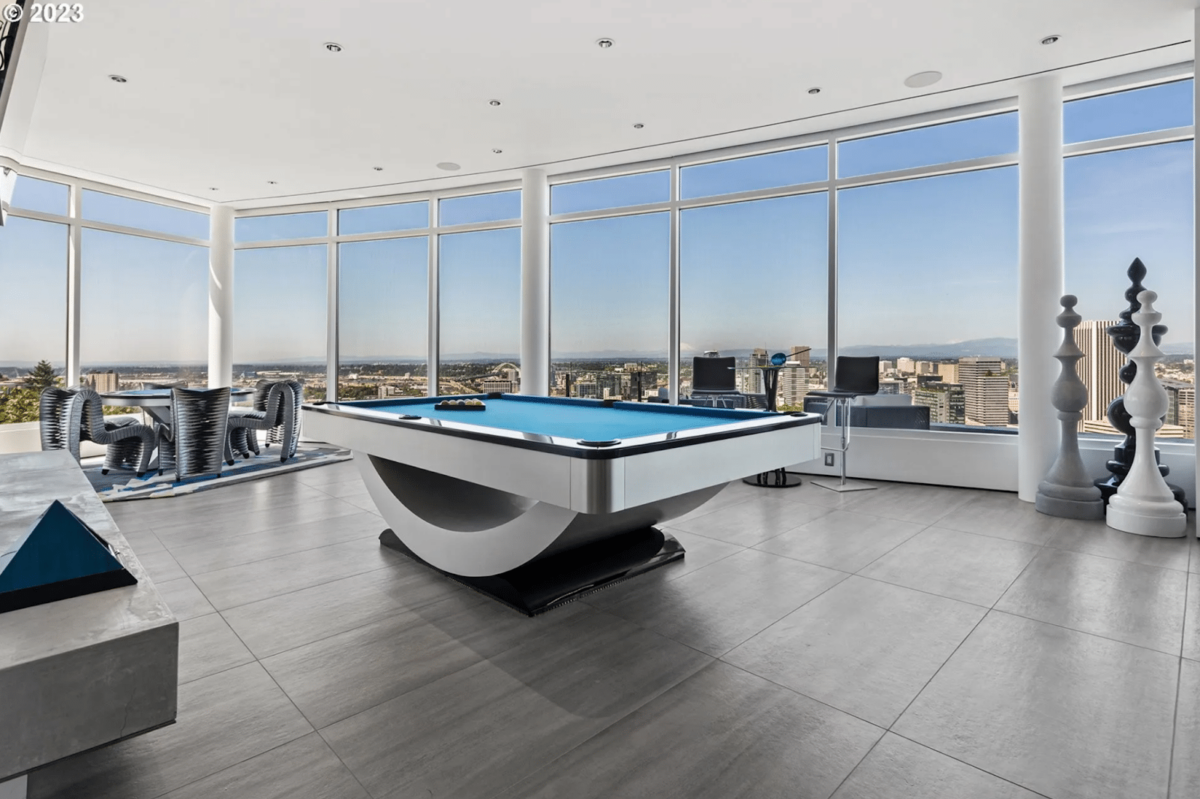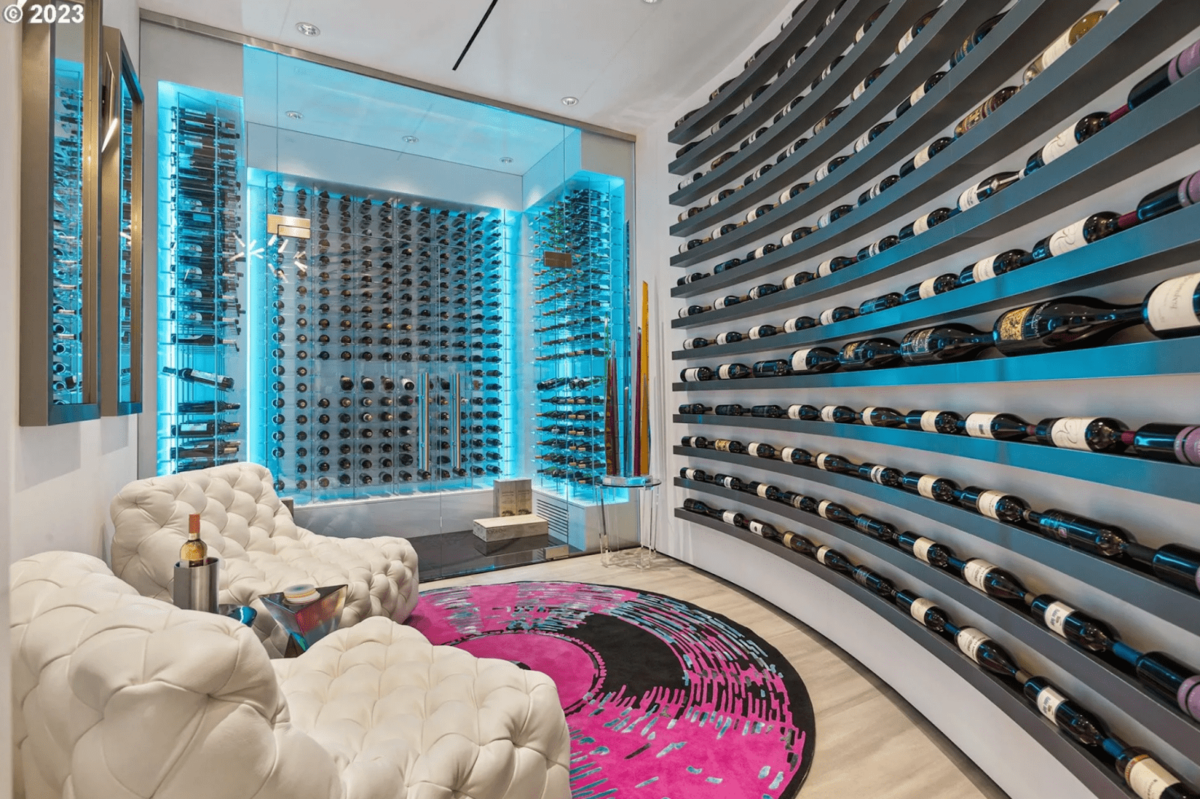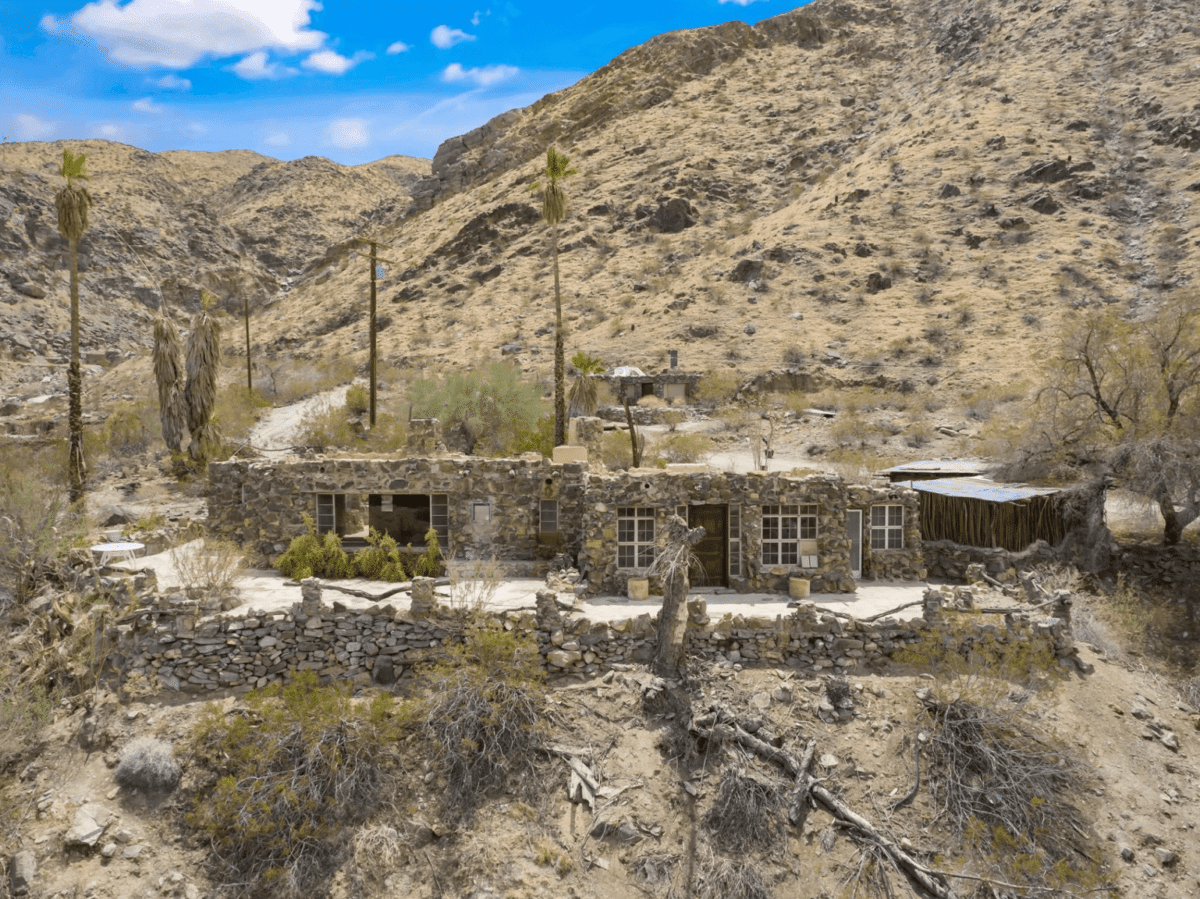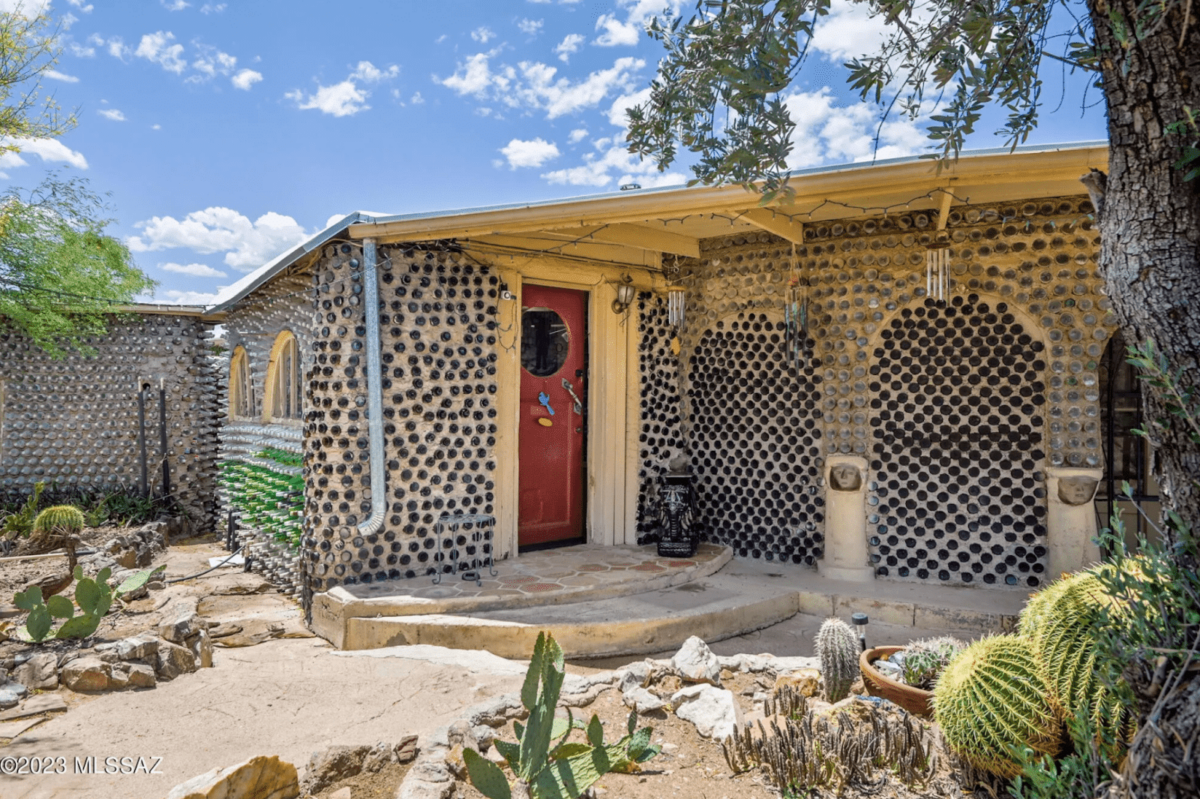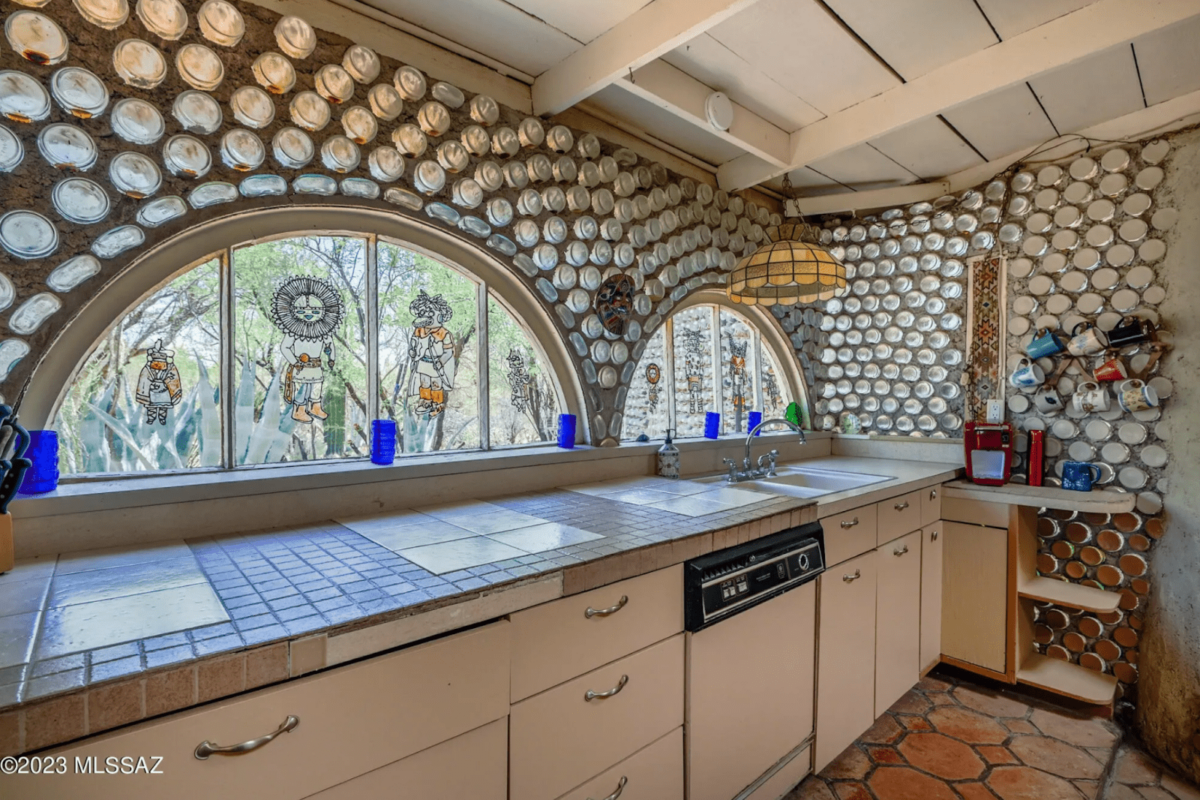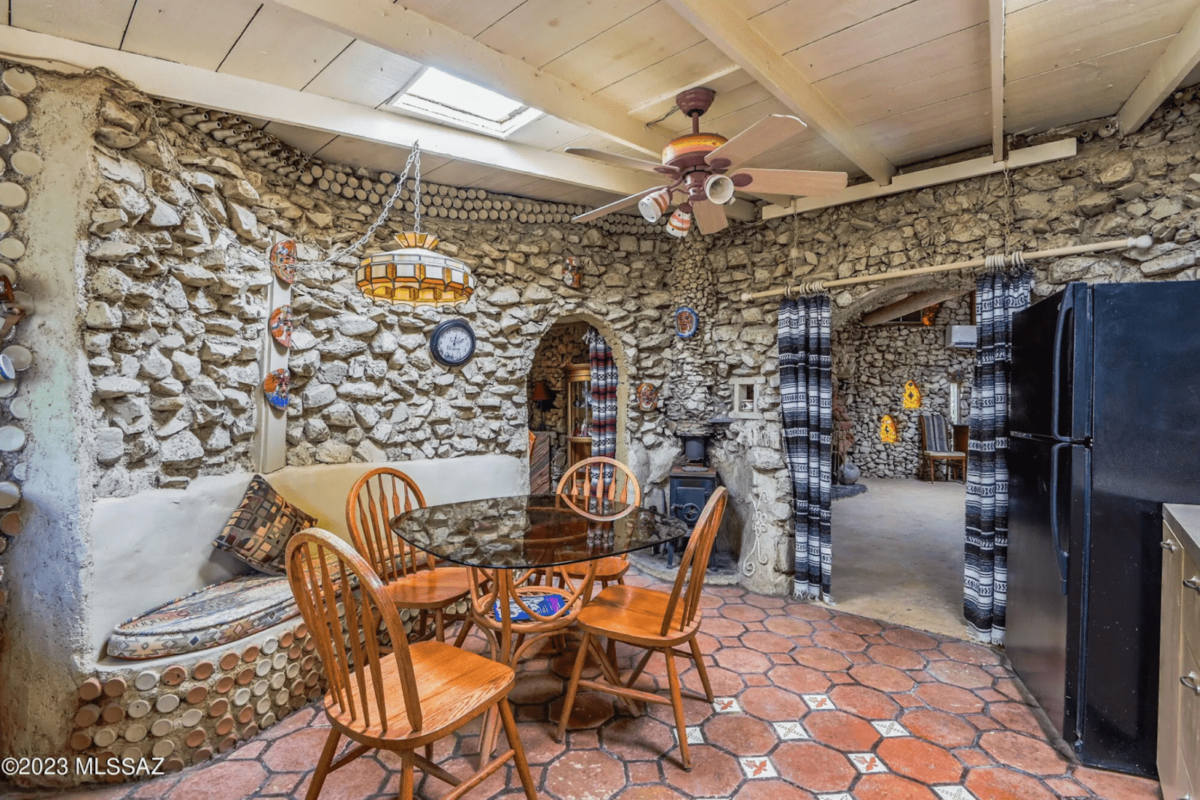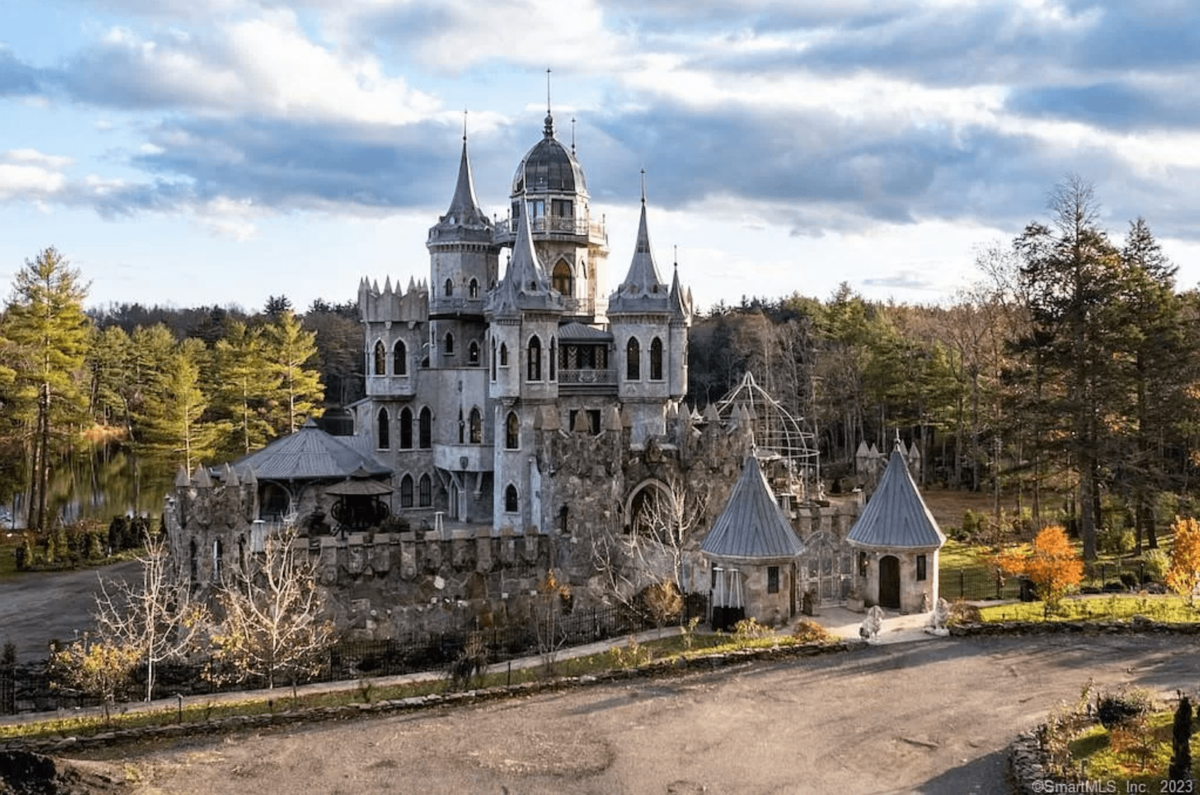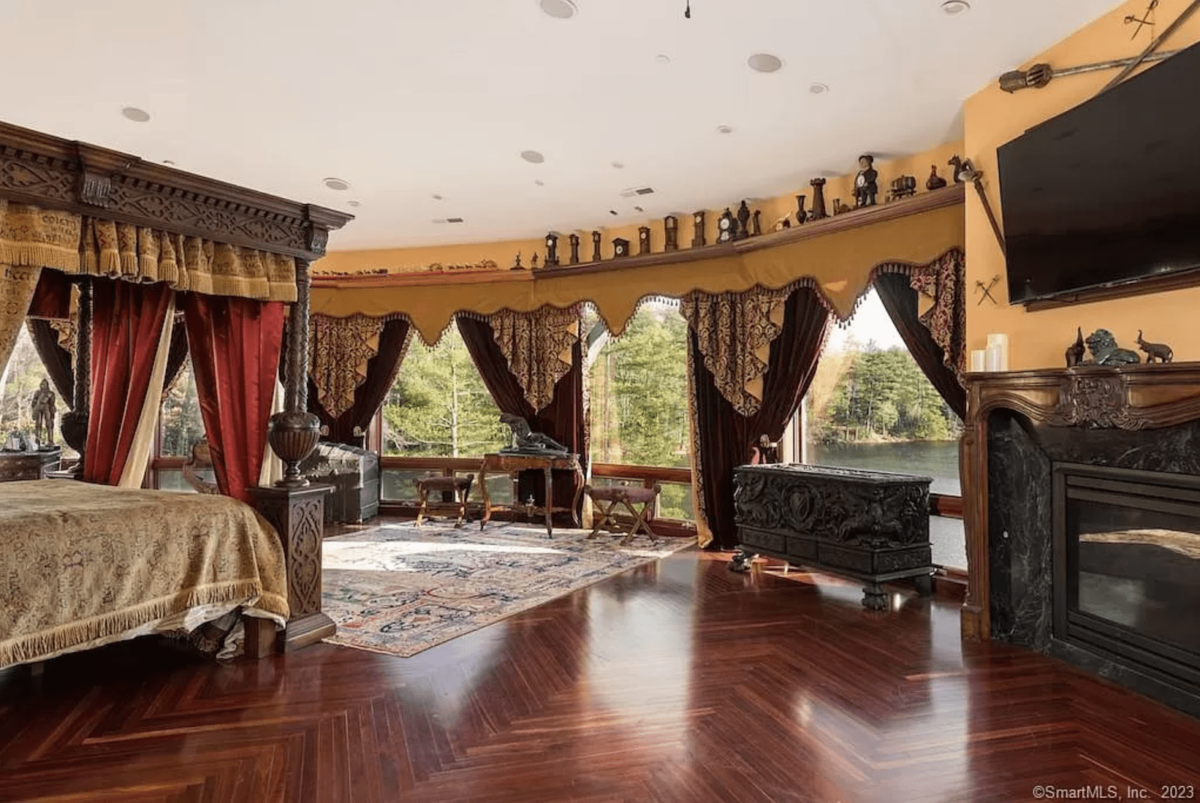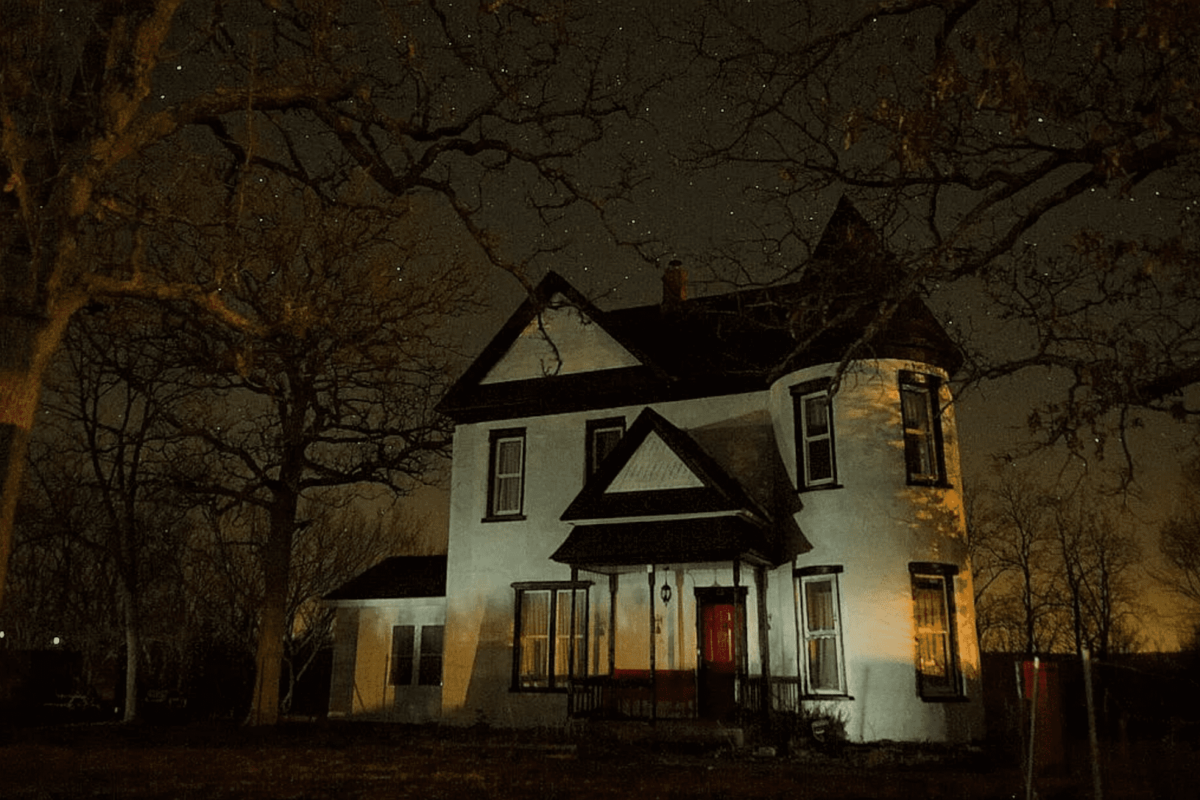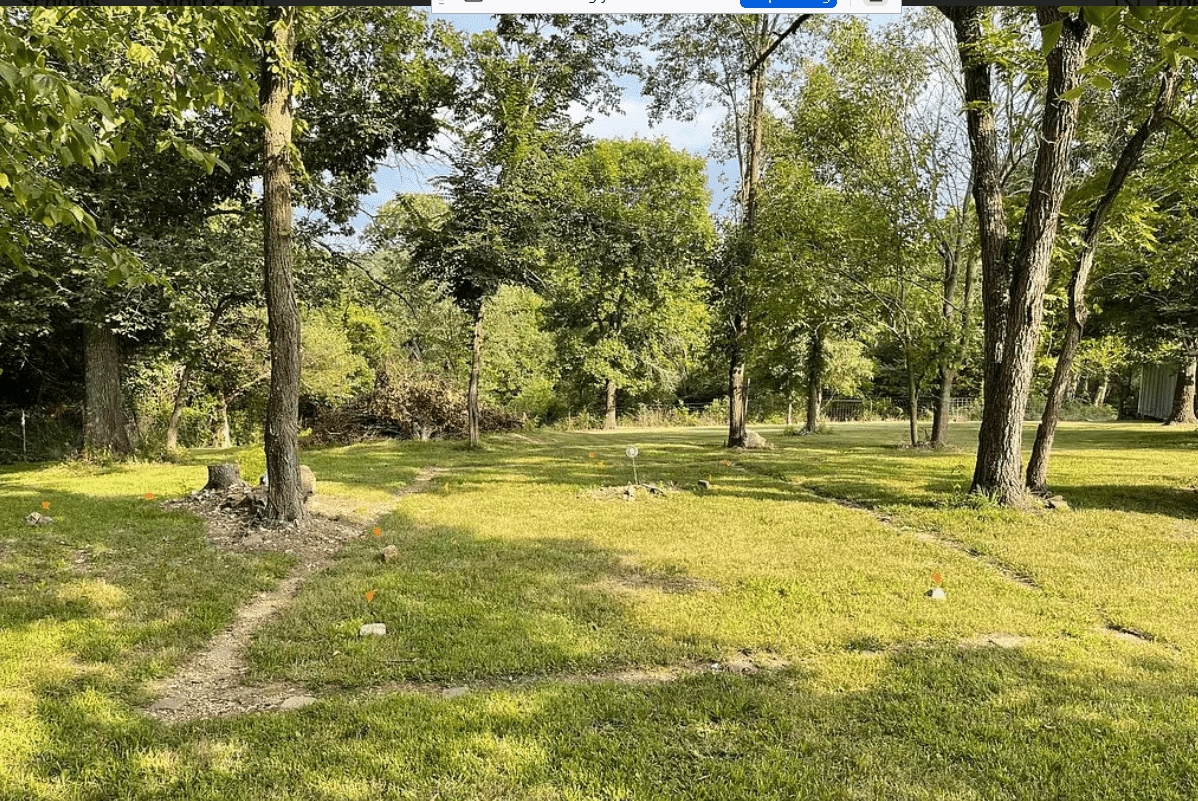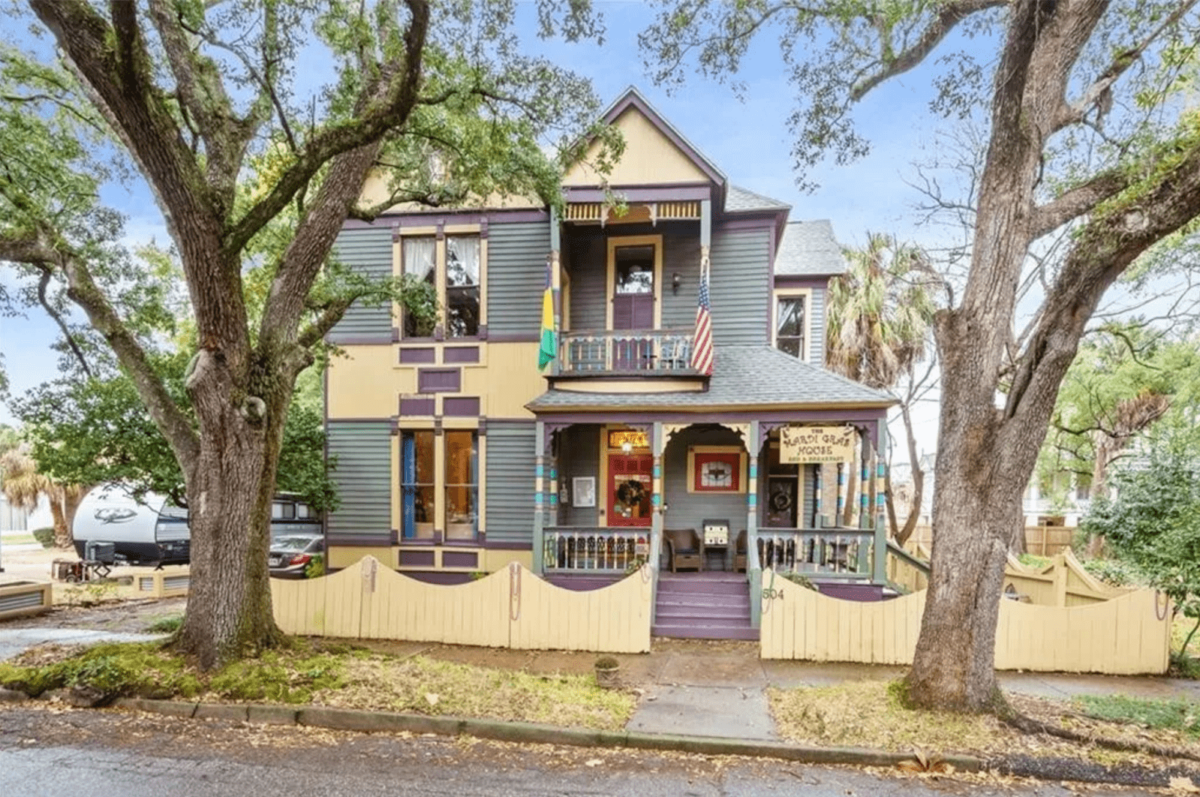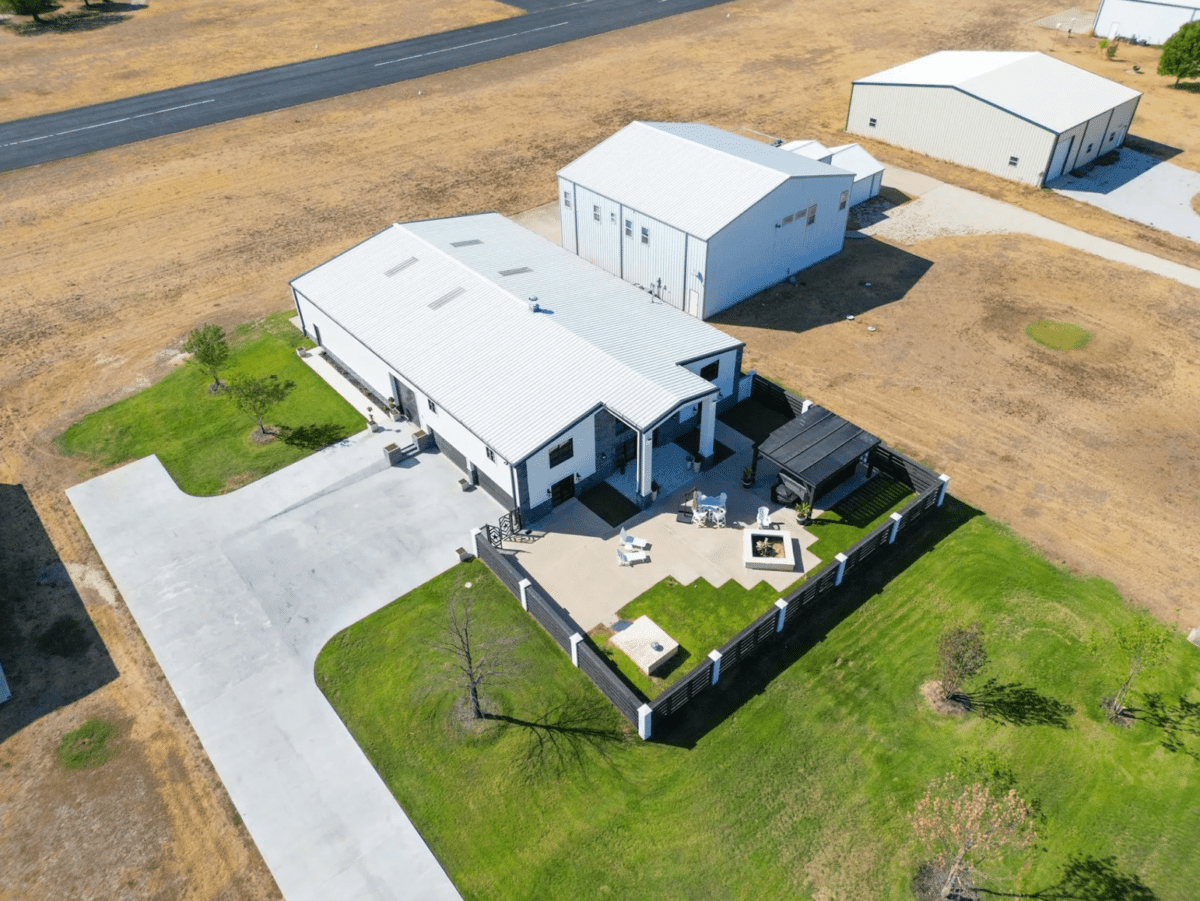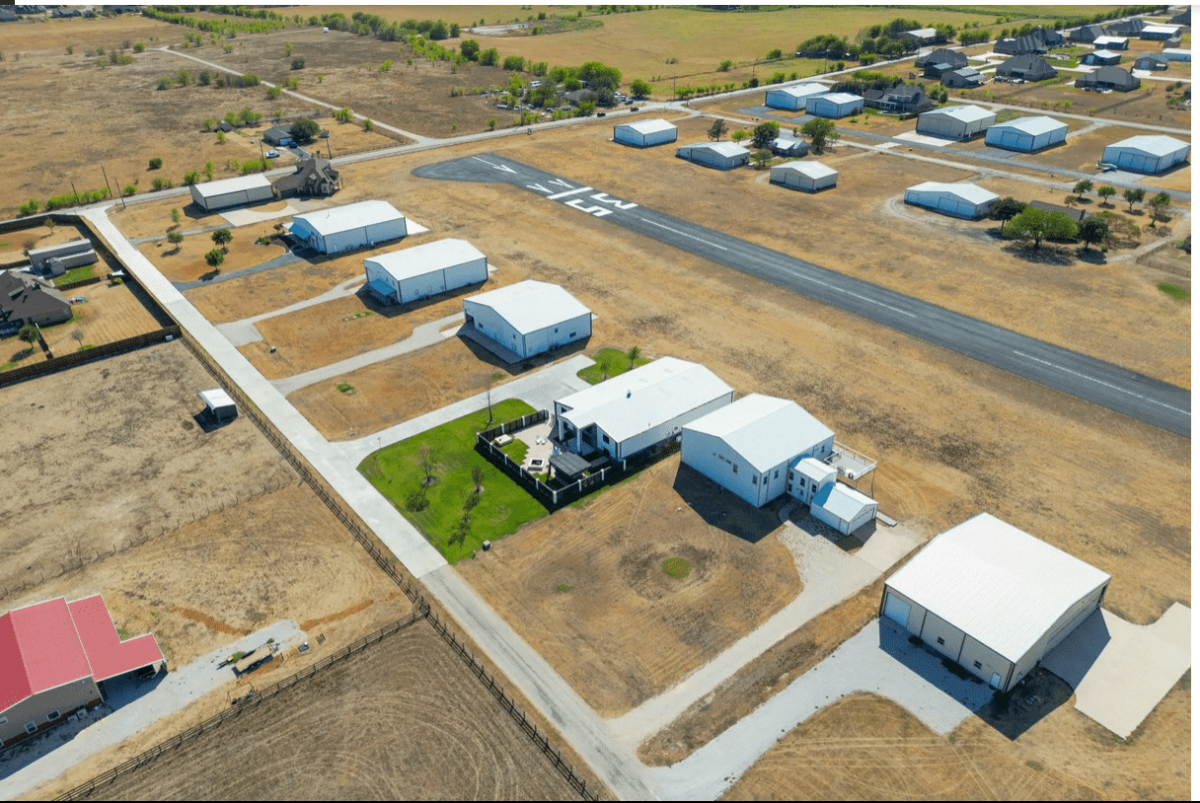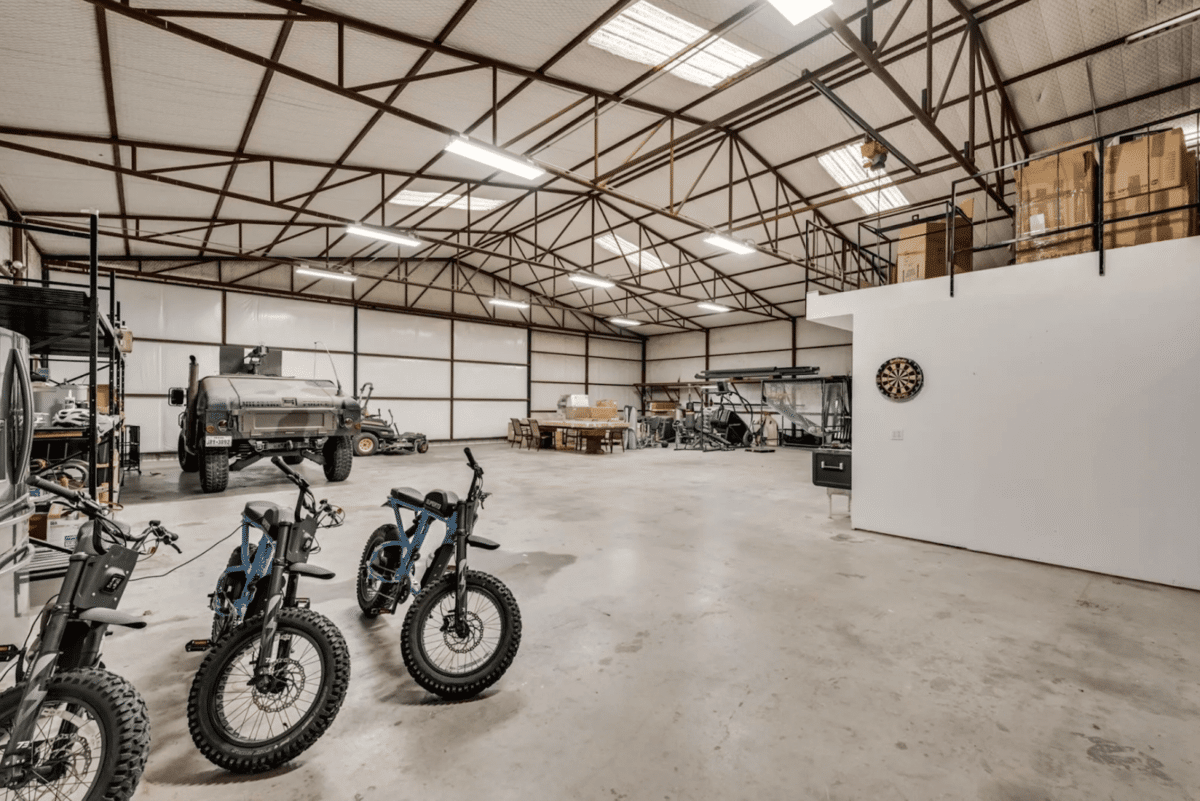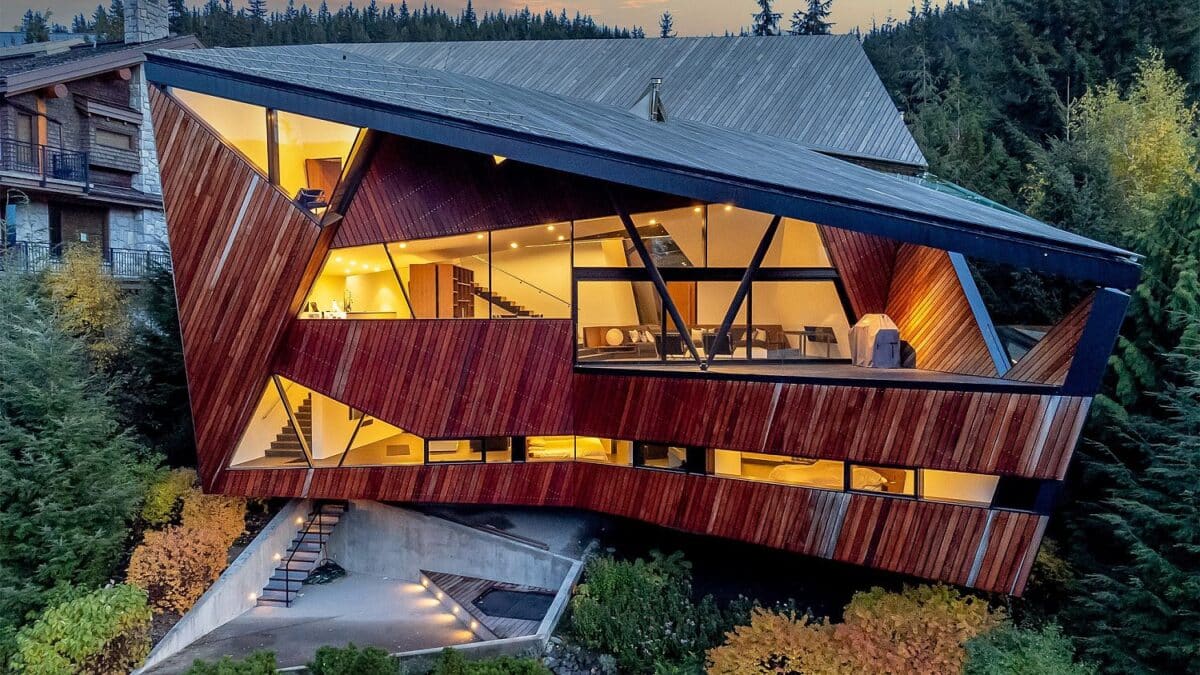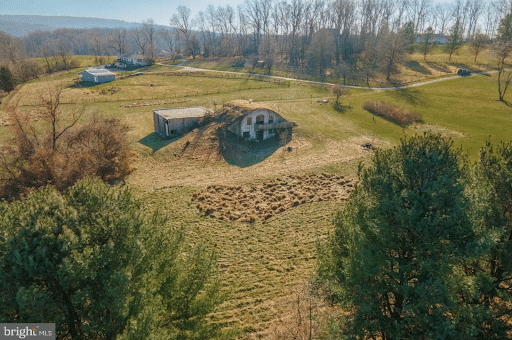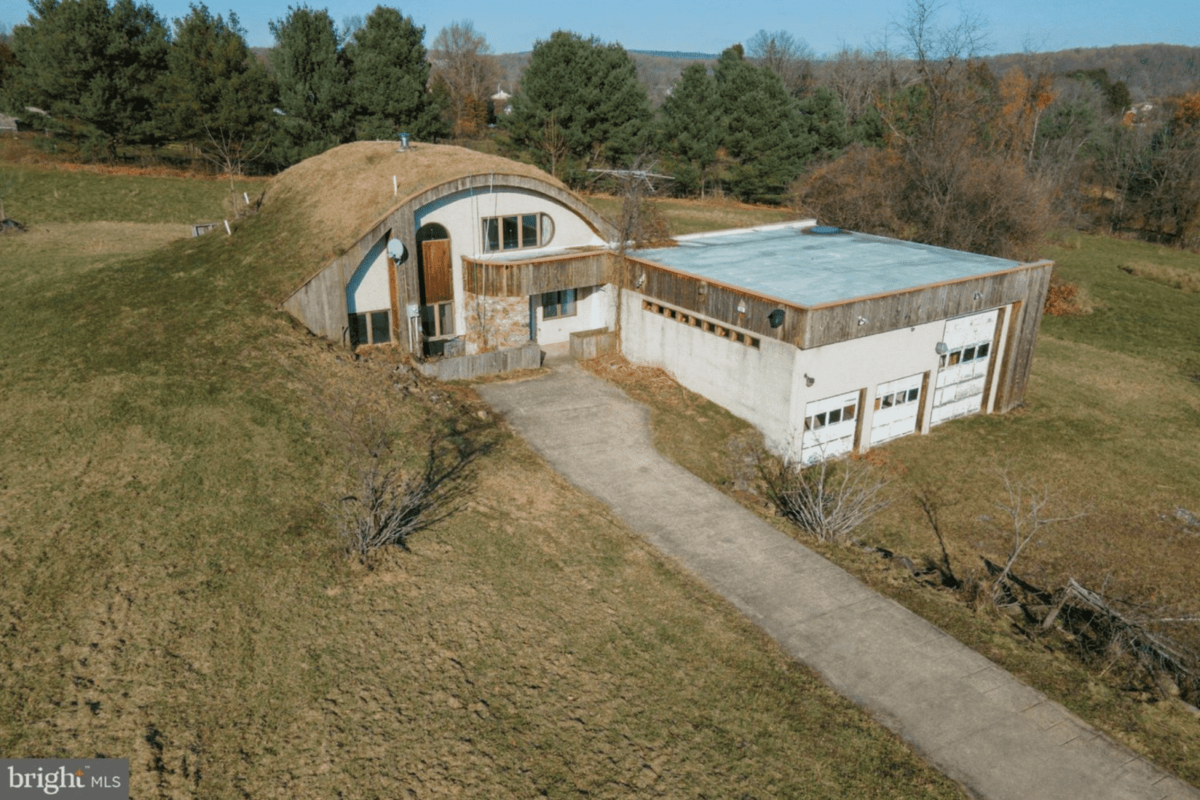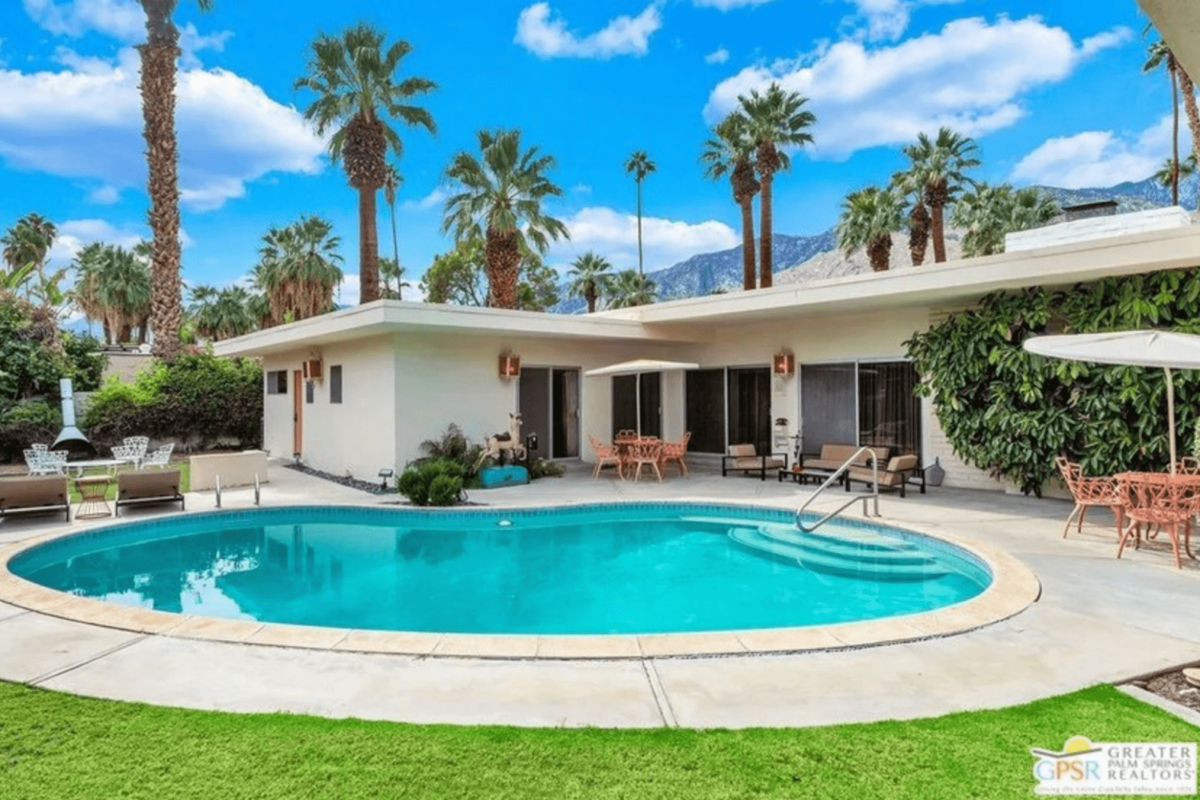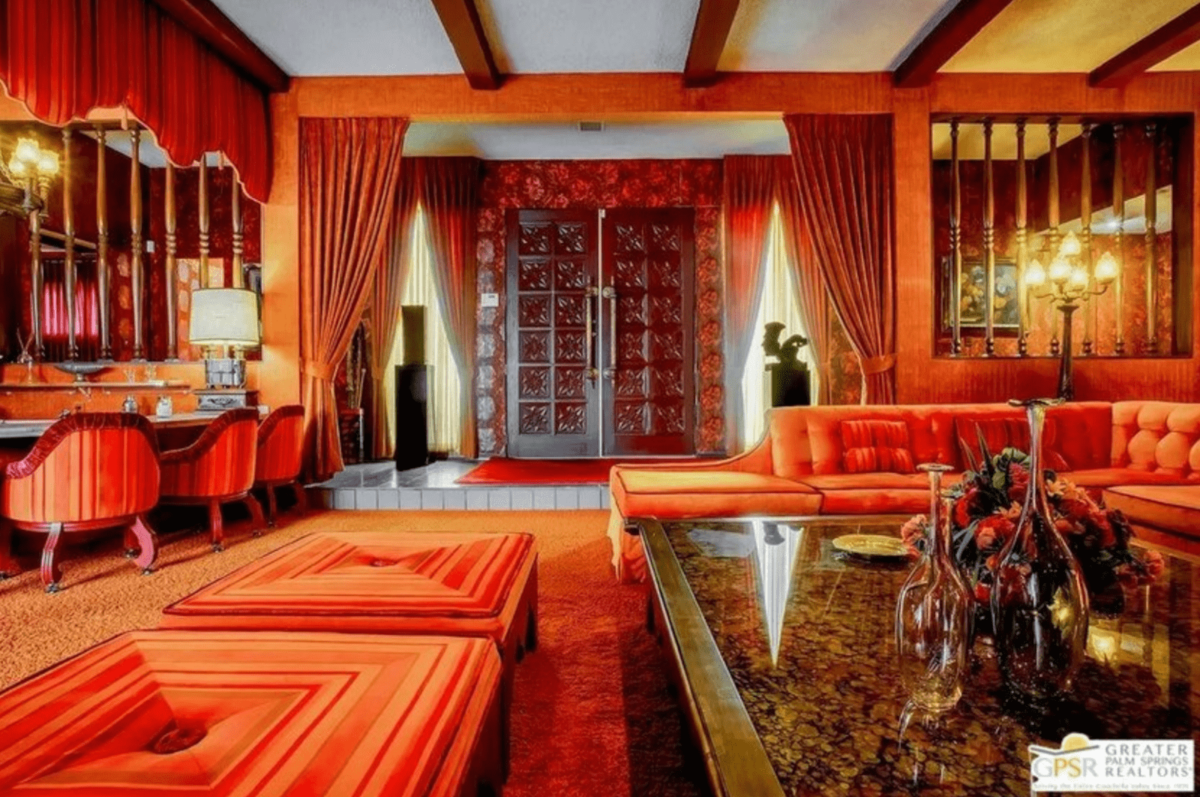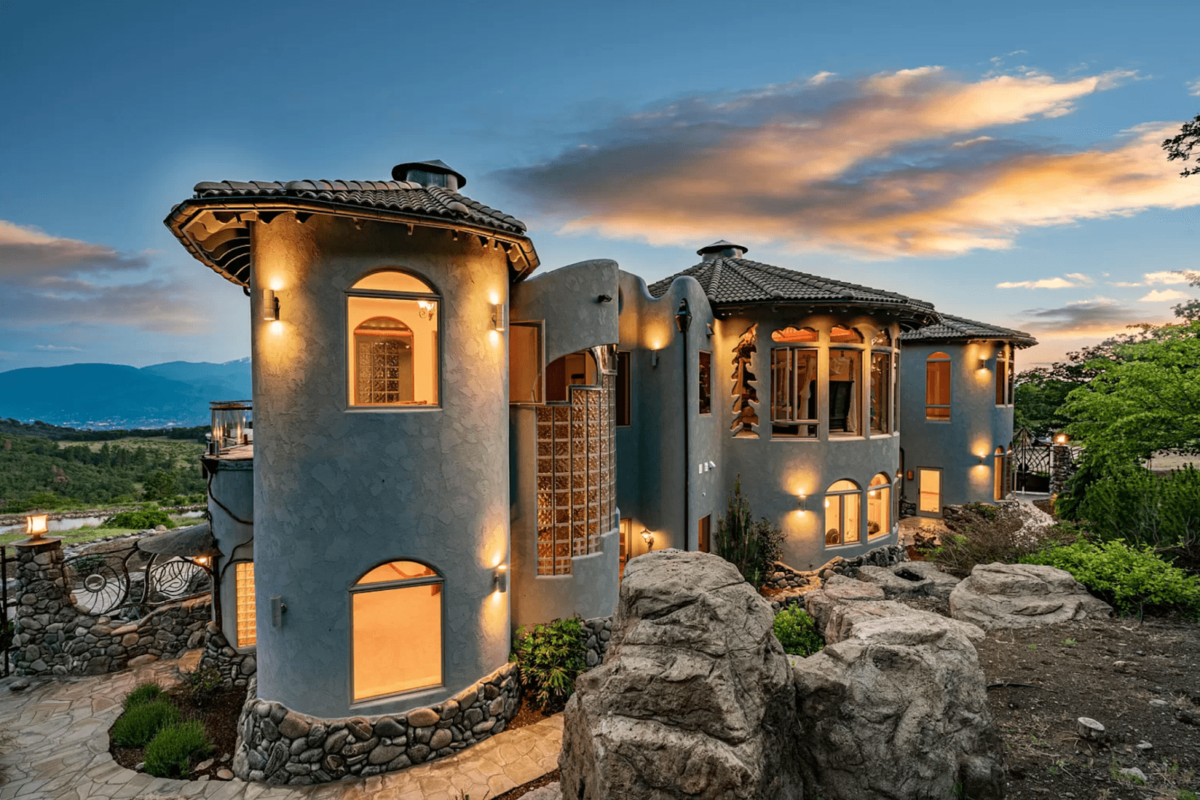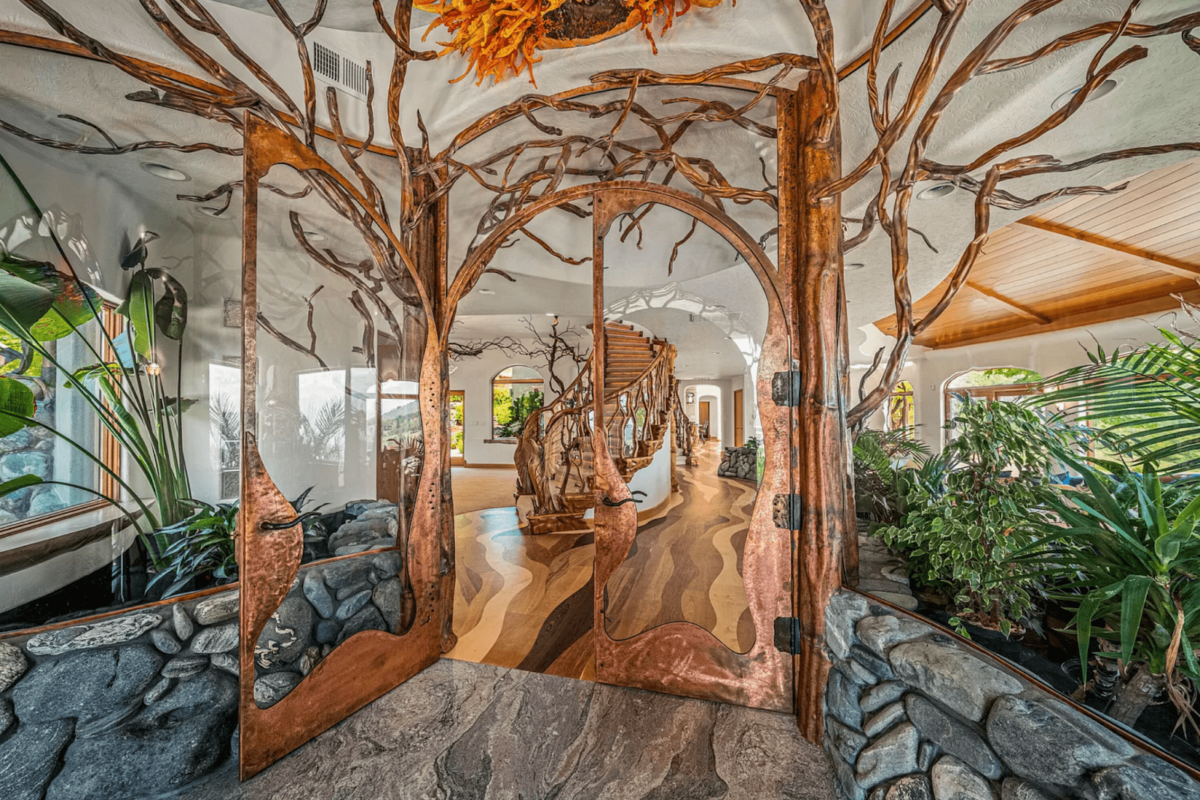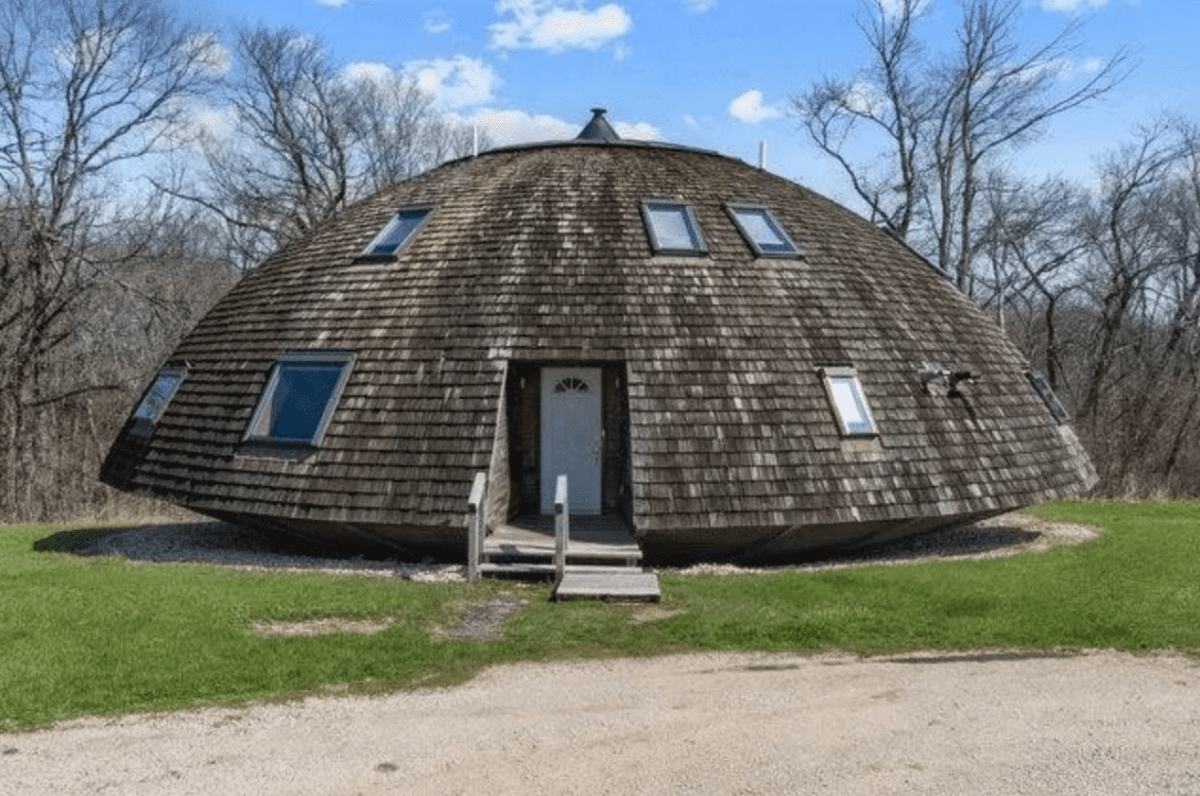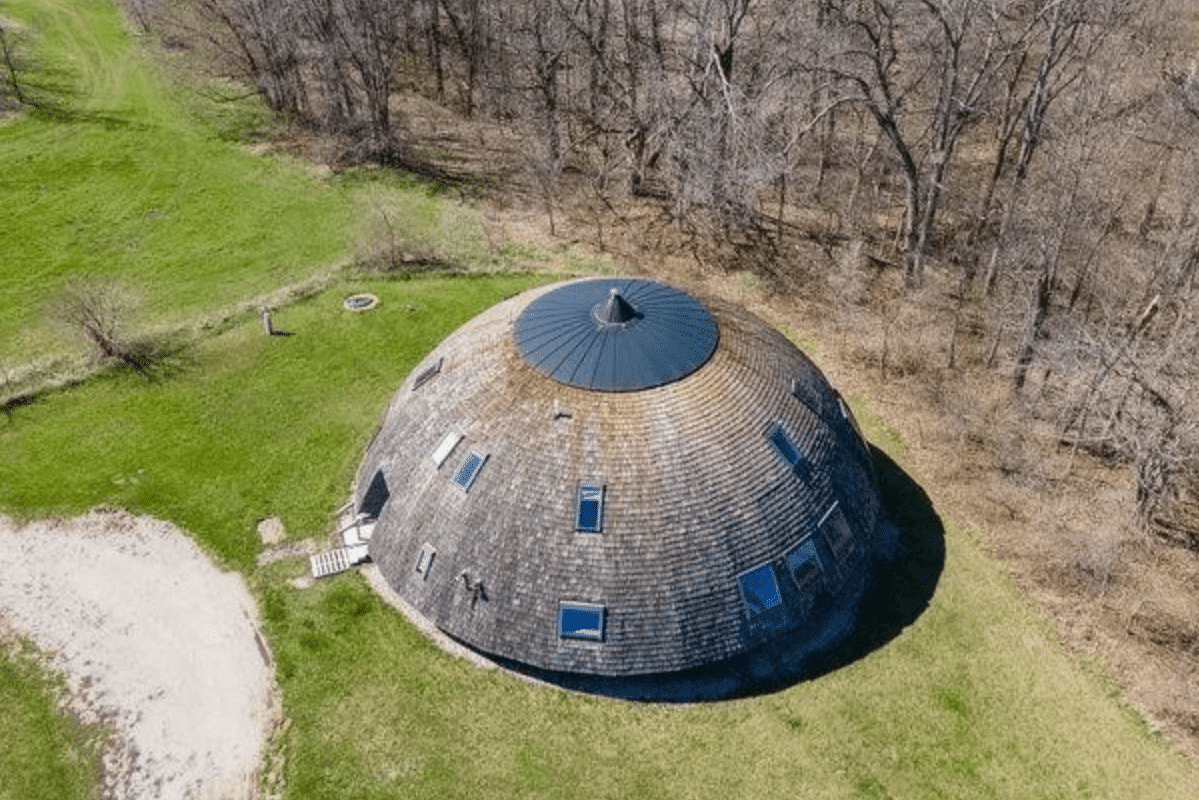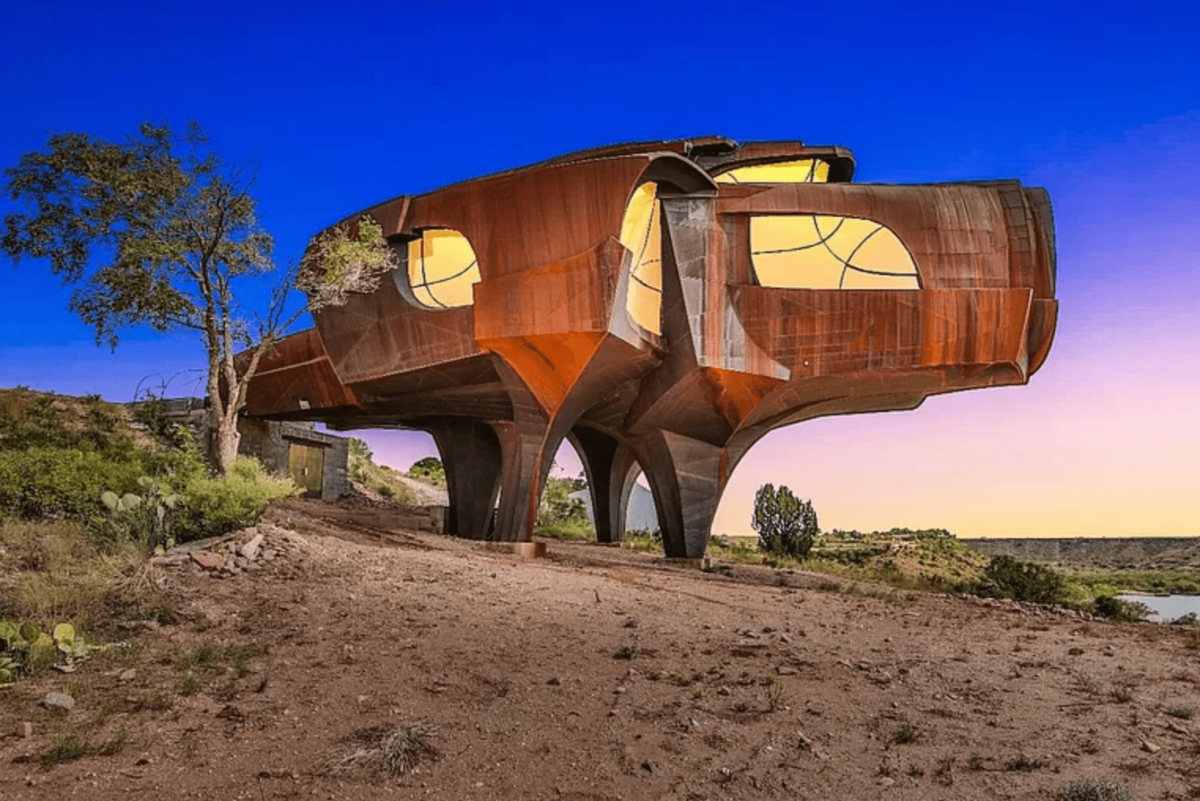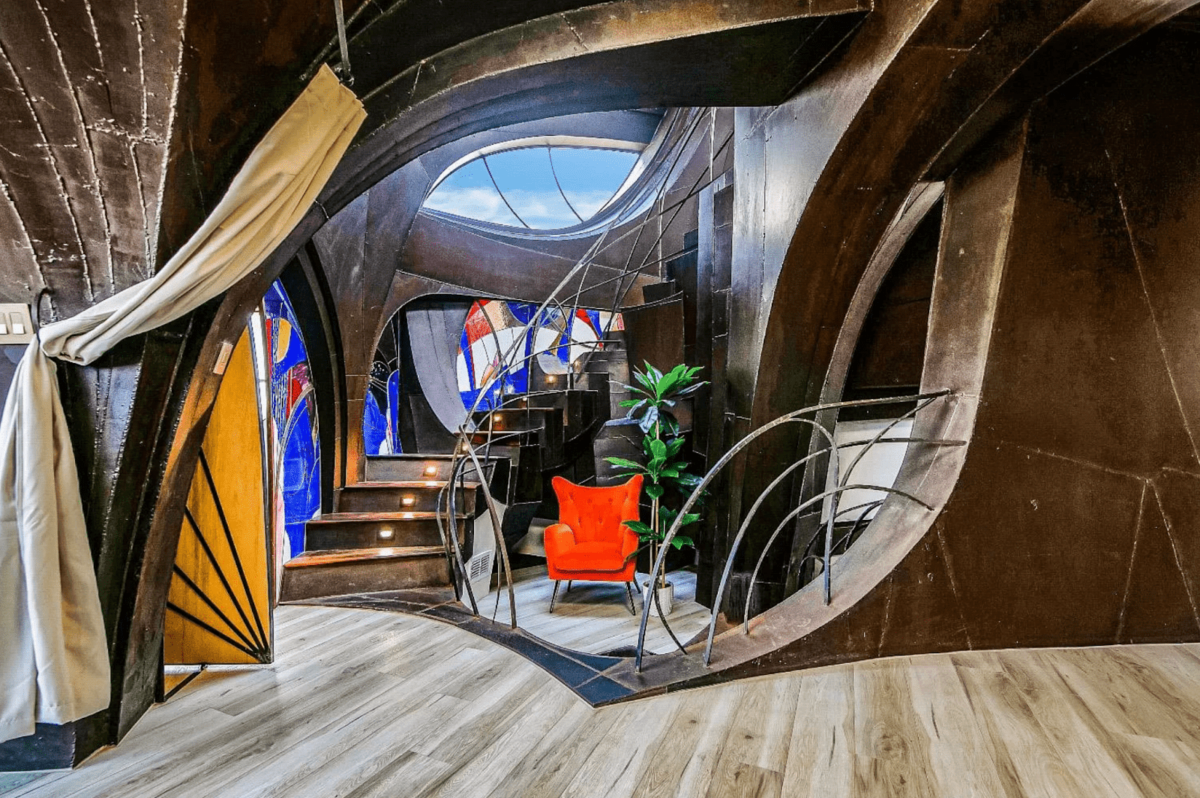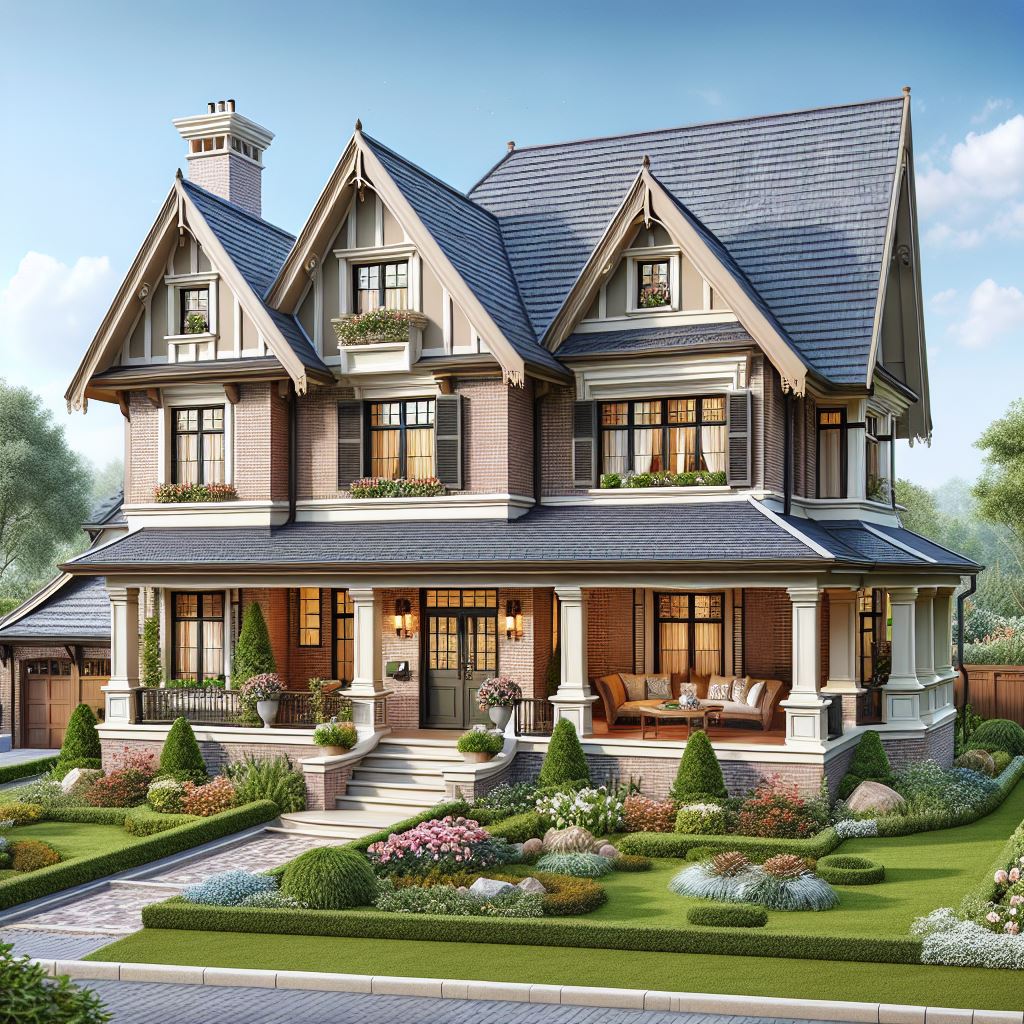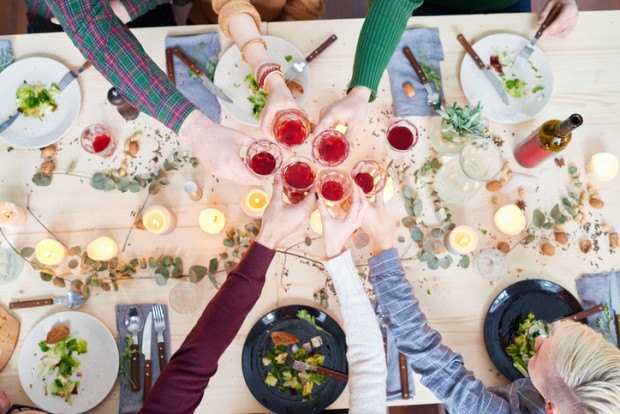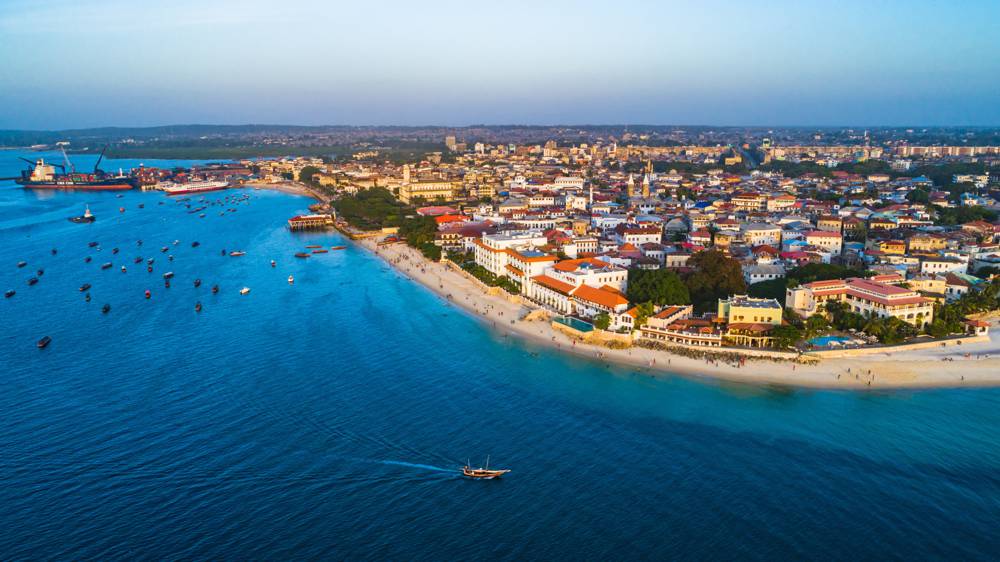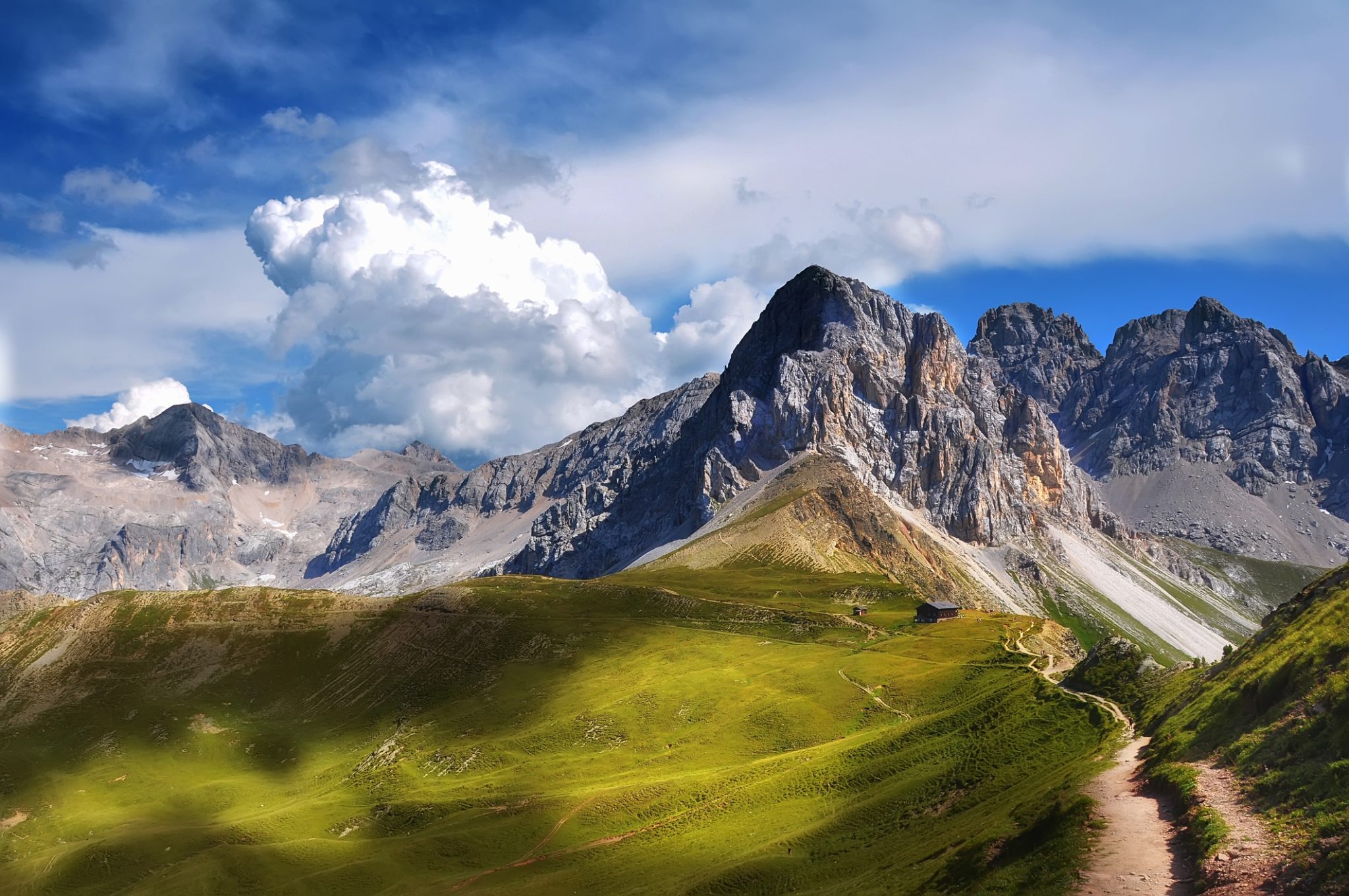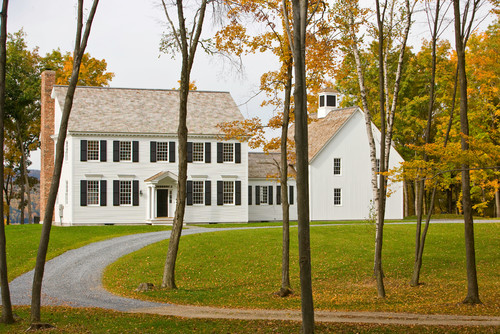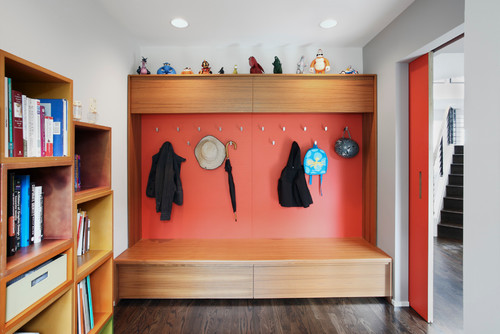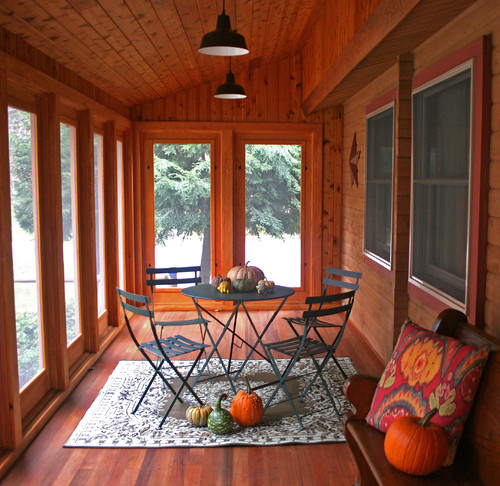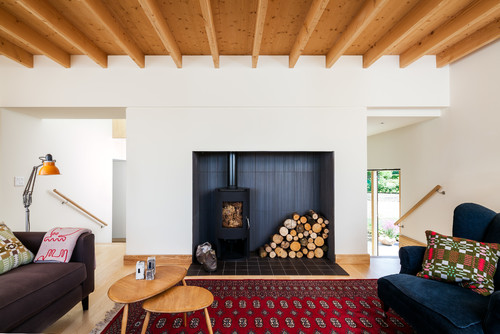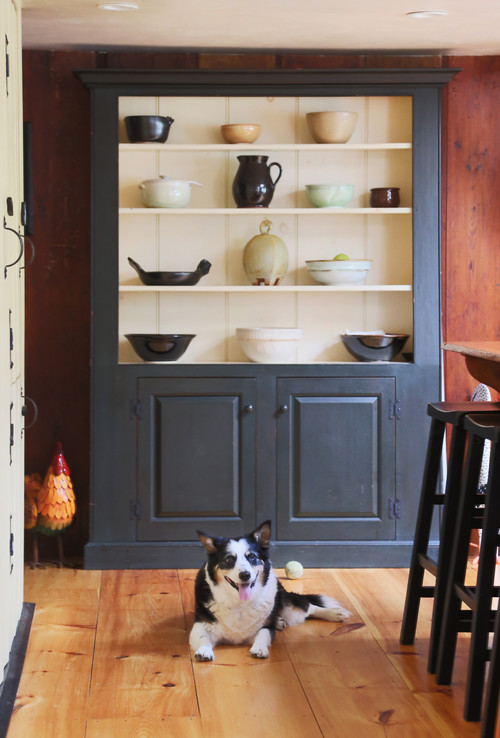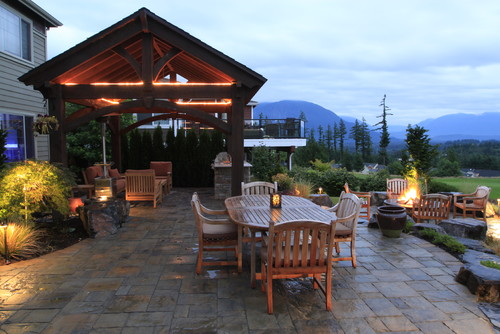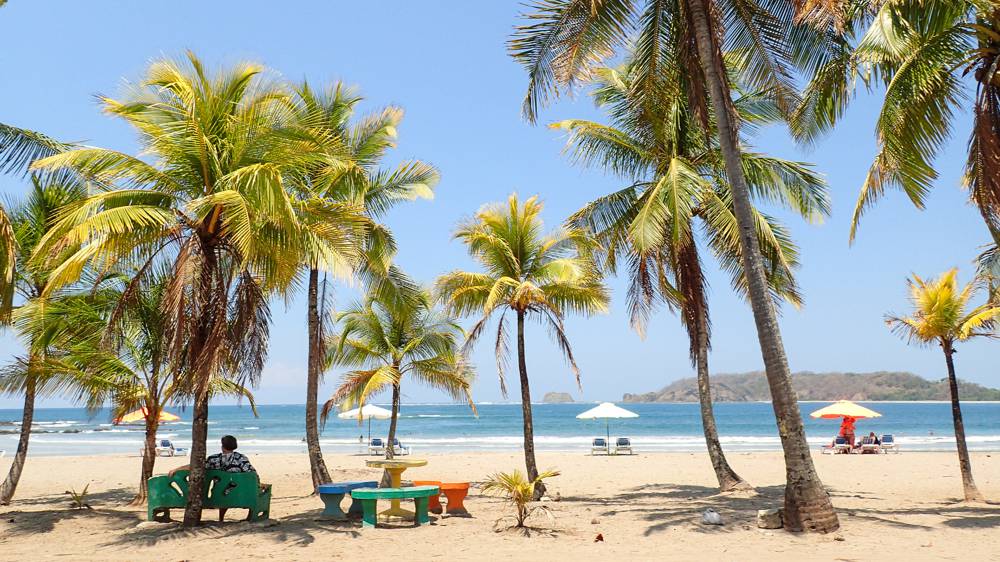
Kait McMurdo April 30, 2025
Whether you’re wandering through Łazienki Park, sipping coffee along Nowy Świat, or indulging in a riverside dinner in Powiśle, Warsaw captivates visitors with its charming streets and picturesque landscapes.
Warsaw, the heart of Poland, is a city that seamlessly blends history, culture, and modern energy. As the capital of Poland, it offers a rich tapestry of experiences, from its beautifully restored Old Town—recognized as a UNESCO World Heritage site—to its vibrant culinary scene featuring Polish staples like pierogi and bigos. During my recent visit, I was particularly captivated by the history of Warsaw, particularly the rebuilding of its Old Town after the end of World War 2. The meticulous recreation of the city center after its complete decimation after the Warsaw Uprising in 1944 is truly impressive. Whether you’re wandering through Łazienki Park, sipping coffee along Nowy Świat, or indulging in a riverside dinner in Powiśle, Warsaw captivates visitors with its charming streets and picturesque landscapes. The city’s commitment to art and education shines through museums like the Fryderyk Chopin Museum and the Copernicus Science Centre, making leisure time here both inspiring and enriching.
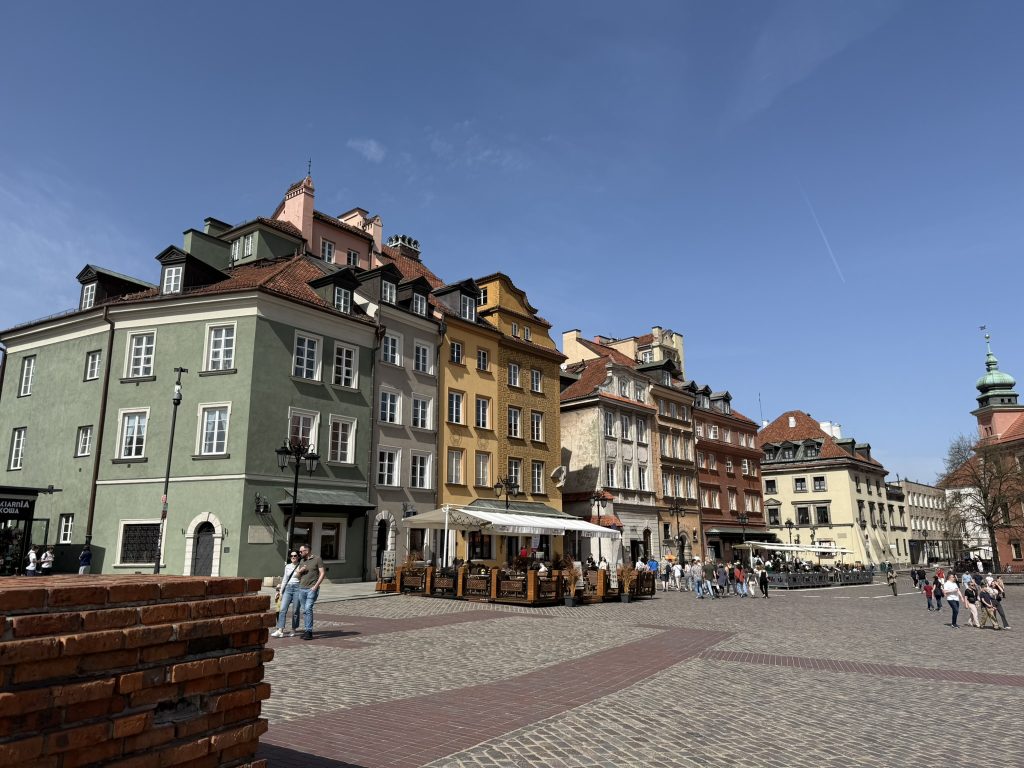
Beyond its historical charm, Warsaw is a city that thrives on innovation and connectivity. Its well-developed transportation system, including trams, buses, and metro lines, ensures seamless exploration, while an expanding network of bike paths encourages a more sustainable approach to getting around. As a major business and political hub in Central Europe, Warsaw attracts global enterprises and visionary entrepreneurs, fostering an economic landscape rich with opportunity. Perhaps nowhere in Poland makes greater sense for the home of Coldwell Banker Poland, with its first office opening this month, Coldwell Banker Commercial Nuvalu. Managing Partner Marcin Wasilewski shares, “Warsaw is a city where history meets modernity in a truly unique way. You can stroll through the historic Old Town and, just minutes later, find yourself surrounded by the sleek architecture of the city’s business district. It’s vibrant and full of life, offering rich cultural experiences through museums, theaters, art galleries, and restaurants.” He continues, “visitors also appreciate the excellent transportation network—both within the city and to the rest of Europe. Whether for a weekend getaway or a longer stay, Warsaw offers a truly memorable urban experience.” Whether you’re drawn to its dynamic urban pulse or its serene parks and boulevards along the Vistula River, Warsaw is a place where tradition meets modernity, offering unforgettable experiences for both residents and visitors alike.
Where do you live? I live in Warsaw, the capital of Poland, in the central part of Europe.
What is the perfect weekend day like? An ideal weekend day in Warsaw starts with a walk through Łazienki Park, where I admire the palace, the lake, and the monuments. Then, I enjoy a coffee at one of the cafes around Nowy Świat. In the afternoon, I visit the Old Town, where I explore the Royal Castle and stroll through the picturesque streets. If the weather is nice, I relax in one of Warsaw’s parks, like Saski Park. In the evening, I have dinner at a restaurant in Powiśle with a view of the Vistula River, and finish the day with a walk or a boat cruise along the river.
What are the common modes of transportation there? In Warsaw, the transportation system is well-developed, offering various options for getting around the city. Public transport includes trams, buses, and a metro with two lines, which are efficient, especially during rush hours. The city is also becoming more bike-friendly, with a network of bike paths and bike-sharing systems. Taxis and ride-hailing services like Uber and Bolt are widely available for quick and easy transportation. Additionally, walking is a great way to explore the city, especially in areas like the Old Town.
Tell us about the foods your area is known for. Poland is famous for its traditional dishes that are an important part of its culinary culture. Pierogi, the famous dumplings filled with various ingredients, are a must-try dish. Bigos, a hearty stew made of sauerkraut, meat, and mushrooms, is a classic comfort food. Żurek, a sour rye soup often served with sausage and egg, is especially popular during Easter. Other iconic dishes include kielbasa (Polish sausages), placki ziemniaczane (potato pancakes), and sernik (Polish cheesecake).
What is your favourite meal, at home or at a restaurant? Polish cuisine is very nourishing, rich in flavors and colors. Above all, it is designed for celebrating moments together. In my family, we have a tradition of always eating together for every meal. We truly value this. It’s a time dedicated solely to family and friends. During these moments, we share stories, experiences, and emotions. The location doesn’t matter. It could be a meal at home or in a restaurant. For Poles, building bonds is more important than the place.
Where do you recommend someone vacation in your region and why? I would recommend spending a vacation in Warsaw because the city offers a unique blend of history, culture, and modernity. First, it’s worth visiting the Old Town, which is a UNESCO World Heritage site – it’s an ideal place for a stroll through picturesque streets, visiting the Royal Castle, and admiring the architecture. Another must-see is Łazienki Królewskie, where you can relax in beautiful gardens, see the Palace on the Isle, and encounter squirrels. If you’re interested in art, be sure to visit the Fryderyk Chopin Museum and the National Museum, which offer exceptional exhibits. To end the day, spend some time in the Powiśle district, which has many modern restaurants with a view of the Vistula River, fitting perfectly with the city’s vibrant character. Warsaw is a city that combines tradition with modernity, offering unforgettable experiences!
What is your favourite recreational or leisure time activity? Another one of my favorite activities in Warsaw is visiting museums and art galleries. I often go to the Fryderyk Chopin Museum, which takes me into the musical world of this great composer, as well as the Copernicus Science Centre, which is a great place to spend time in an interactive and educational way. I also love walking around the more modern parts of the city, such as Żoliborz or Mokotów, where you can discover architecturally interesting places and then stop for coffee in one of the trendy cafes. In Warsaw, there’s always something interesting to explore, making leisure time full of inspiration.
Is there a specialty your area is known for? Warsaw is one of the most important business and political centers in Poland, and also one of the key cities in the Central and Eastern European region. In terms of business, the city stands out with its rapidly growing economy, broad access to international markets, and a strong presence of international companies and investments. Warsaw is home to many domestic and global corporations, banks, as well as companies in the technology and start-up sectors.
The city is also characterized by modern infrastructure, with numerous office buildings and conference centers that attract international business events, congresses, and trade fairs. Politically, Warsaw is the capital of Poland, playing a crucial role in shaping national and international policy. The city hosts government institutions, the parliament, public administration, and embassies, making it the center of political and legislative decisions.
In the business context, Warsaw also offers favorable conditions for investors and entrepreneurs, including access to EU funds and a well-developed network of international contacts. However, as in many other major cities, challenges such as high living costs and running a business in the city center are evident, especially in the real estate and services sectors.
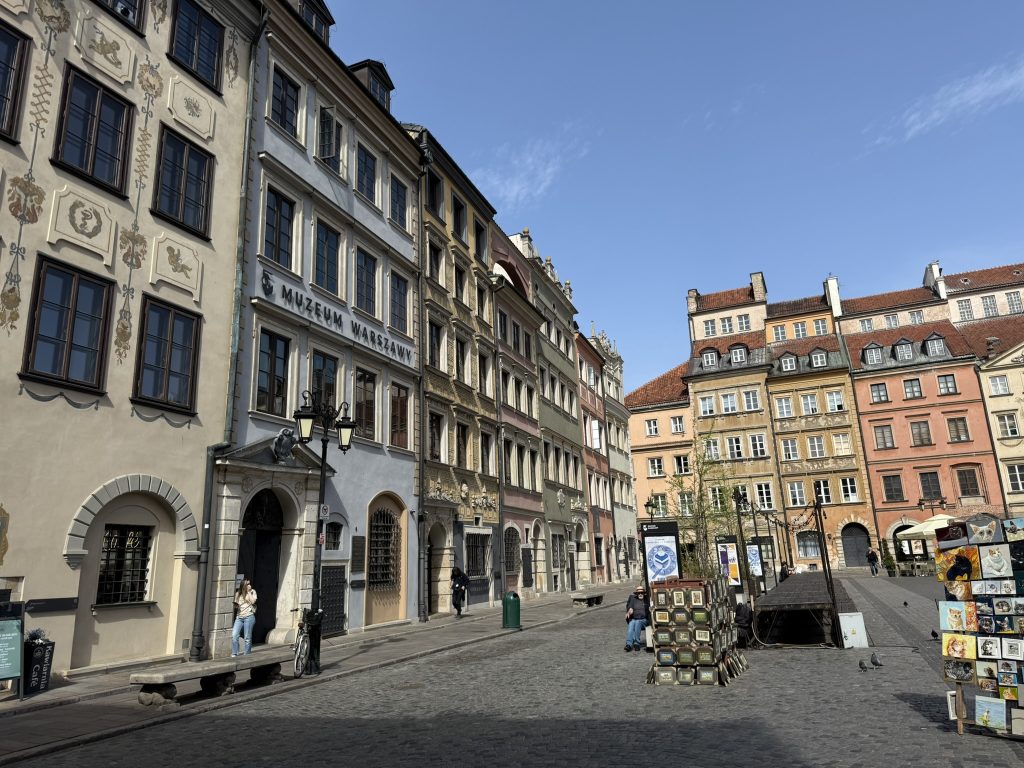
Share a little known but interesting fact about the area/region: Warsaw is a city full of fascinating facts and history. After World War II, the Old Town was almost completely destroyed but was carefully rebuilt and listed as a UNESCO World Heritage site. The Vistula River, flowing through the city, has become a popular recreational spot, with boulevards that attract both locals and tourists. Warsaw, which became the capital of Poland in the 18th century, has developed into a cultural and scientific center, home to numerous universities, theaters, and museums. The city also invests in modern technologies, introducing innovative transportation solutions and promoting sustainable development.
If you were to live in any other region where we have a Coldwell Banker presence, where would it be and why? That’s a tough question because I have very different visions of where I could see myself living. However, if I had to name my top two choices, they would be places I know, visit often, and truly appreciate for their culture, art, and most of all – nature: Spain or Italy.

Territory Summary:
Warsaw, officially the Capital City of Warsaw, is the capital and largest city of Poland.The metropolis stands on the River Vistula in east-central Poland. Its population is officially estimated at 1.86 million residents within a greater metropolitan area of 3.27 million residents, which makes Warsaw the 6th most-populous city in the European Union. The city area measures 517 km2 (200 sq mi) and comprises 18 districts, while the metropolitan area covers 6,100 km2 (2,355 sq mi). Warsaw is classified as an alpha global city, a major political, economic and cultural hub, and the country’s seat of government. It is also the capital of the Masovian Voivodeship.
Key Facts:
Population: 1.865 million
Language(s) Spoken: Polish
Climate: humid continental climate, with cold, snowy winters and mild to hot summers
Currency: Zloty (PLN)
Industry Facts:
Types of Architecture: Poland features a wide variety of architectural styles. In cities, modern apartment buildings, modernist blocks from the PRL era (People’s Republic of Poland), and renovated tenement houses are predominant. In rural areas and suburbs, single-family homes are more common—ranging from traditional designs to modern passive houses.
Average Sale price: The average price of an apartment in a large city is about 700,000–950,000 PLN, while single-family homes typically range between 1.2–2 million PLN, depending on location and size.
Average years in house/apt: 10 – 15 years

 Facebook
Facebook
 X
X
 Pinterest
Pinterest
 Copy Link
Copy Link

